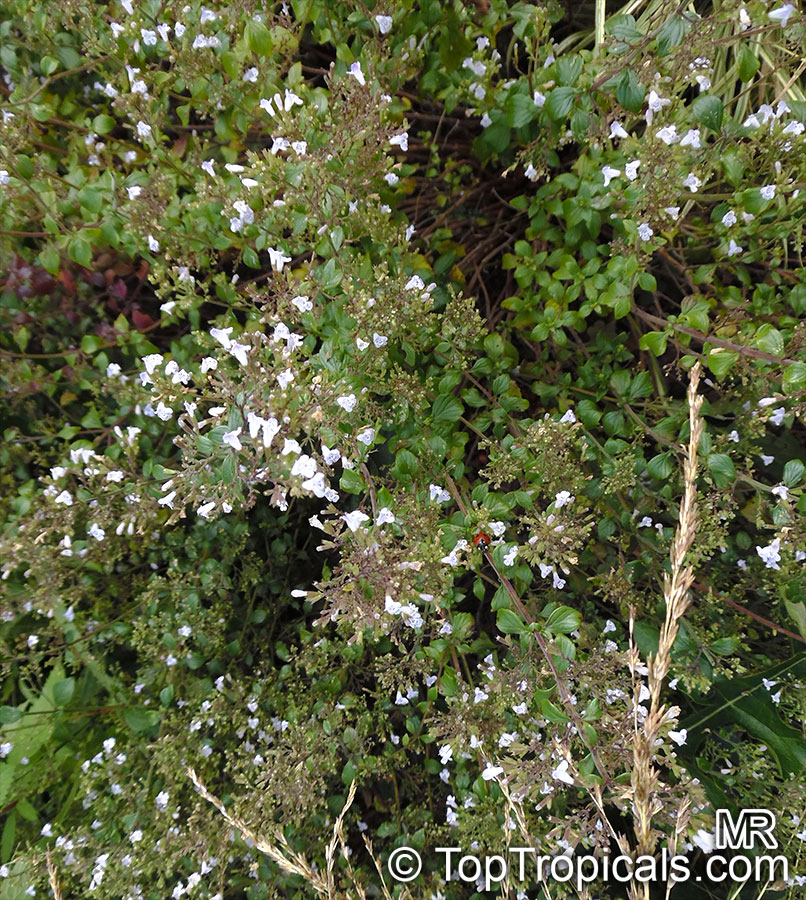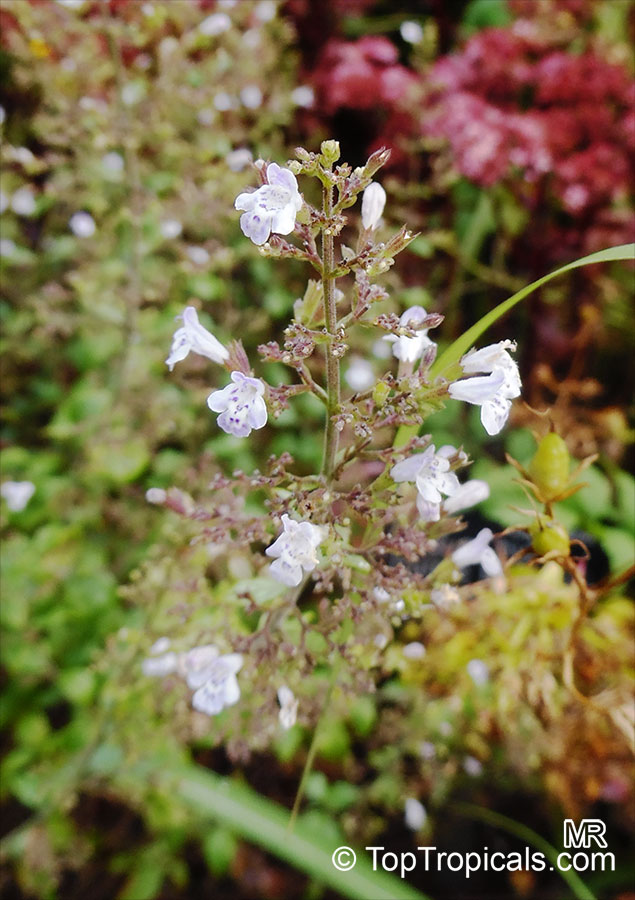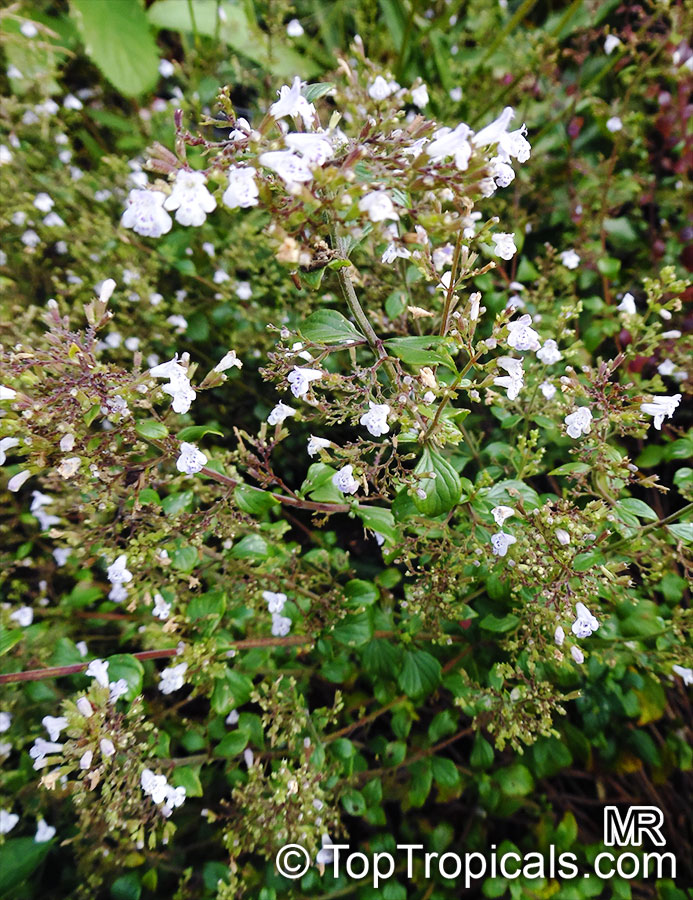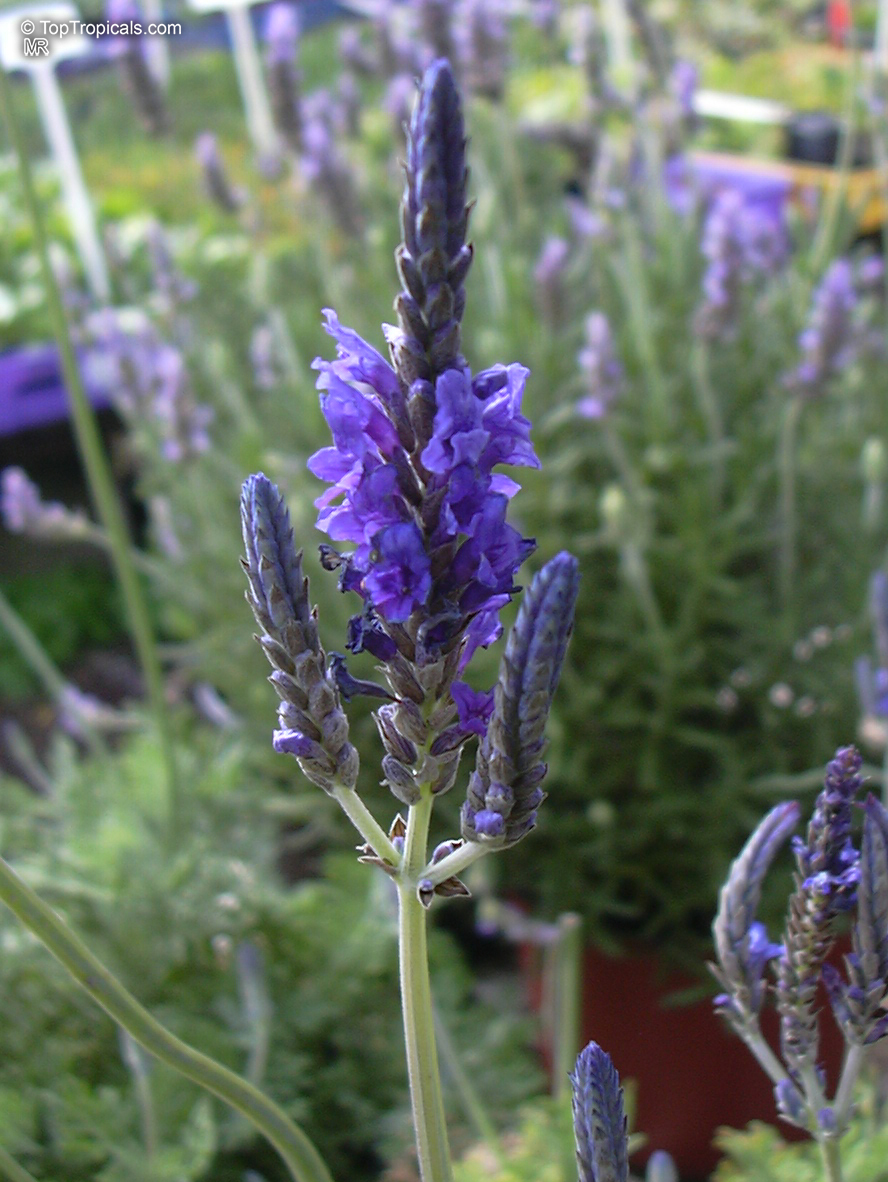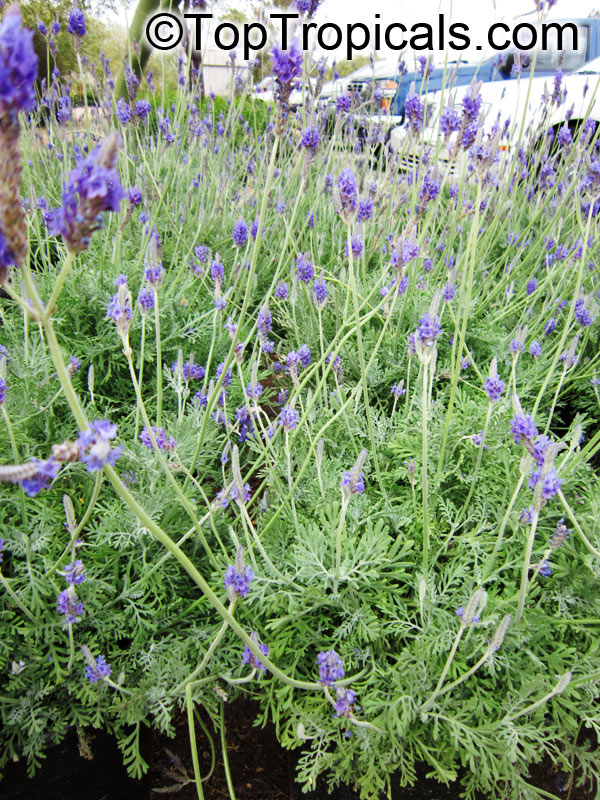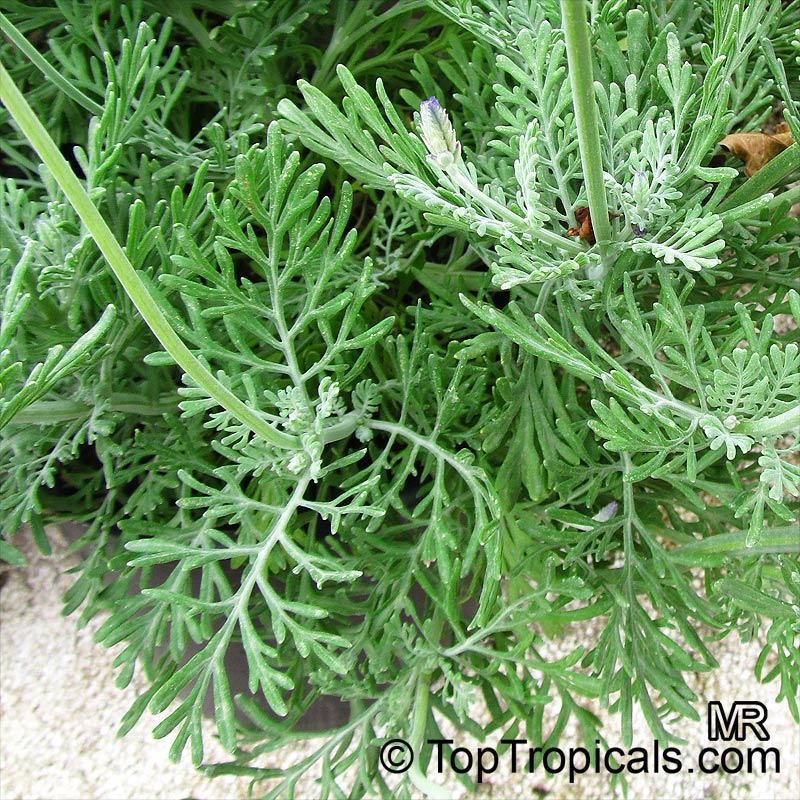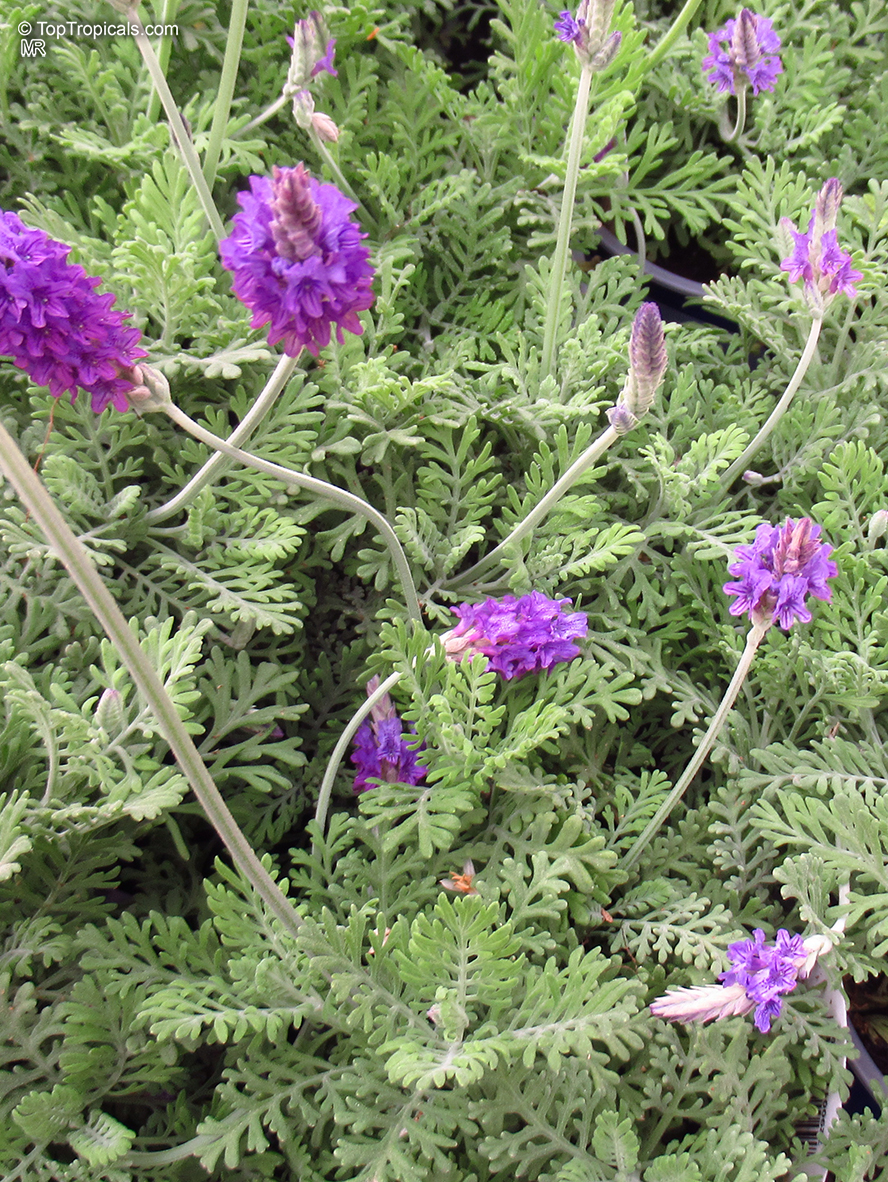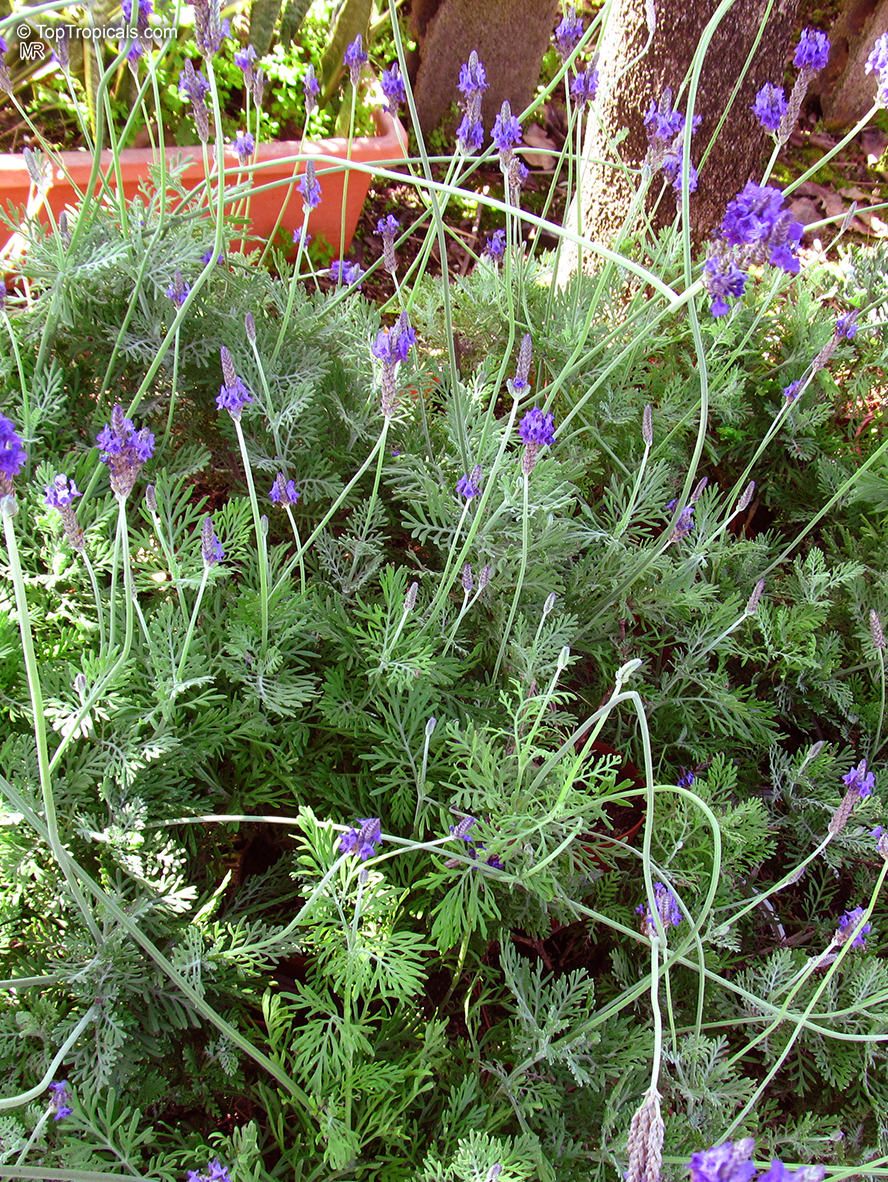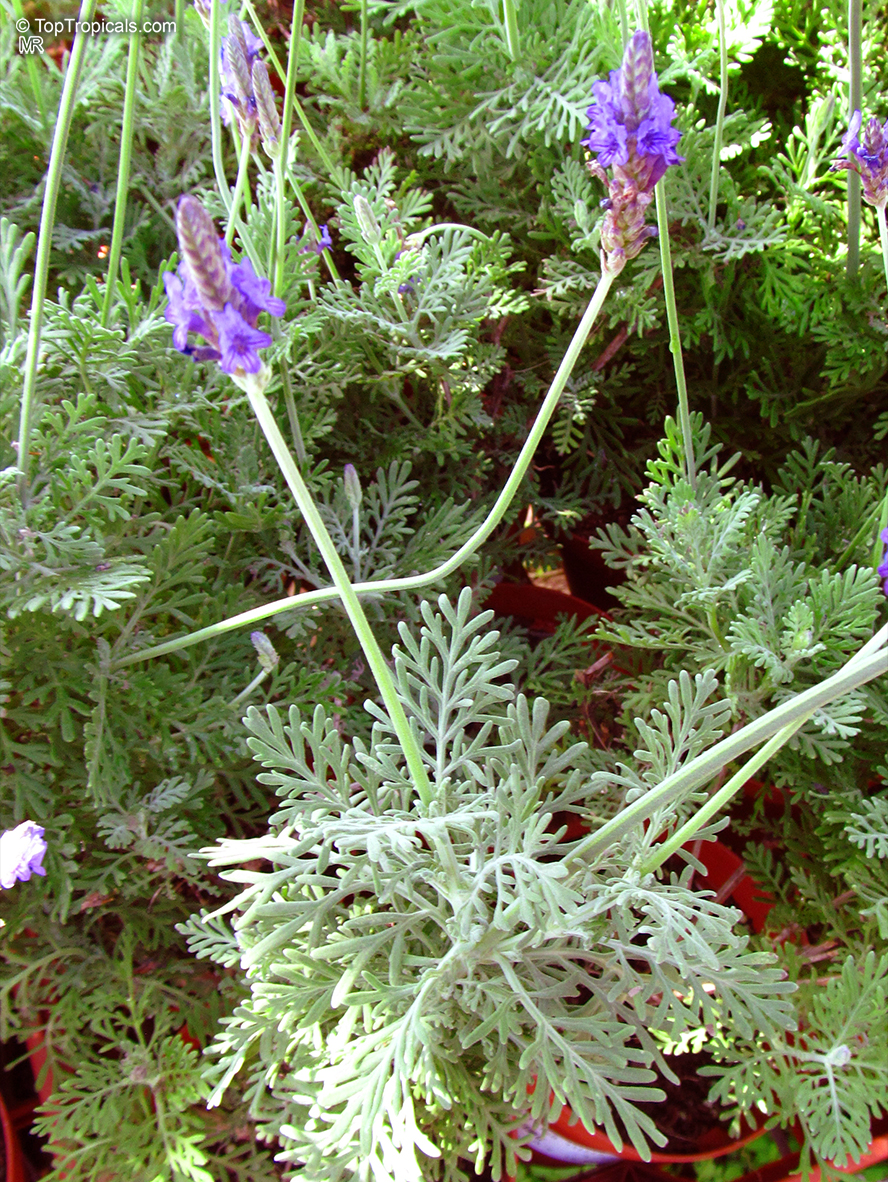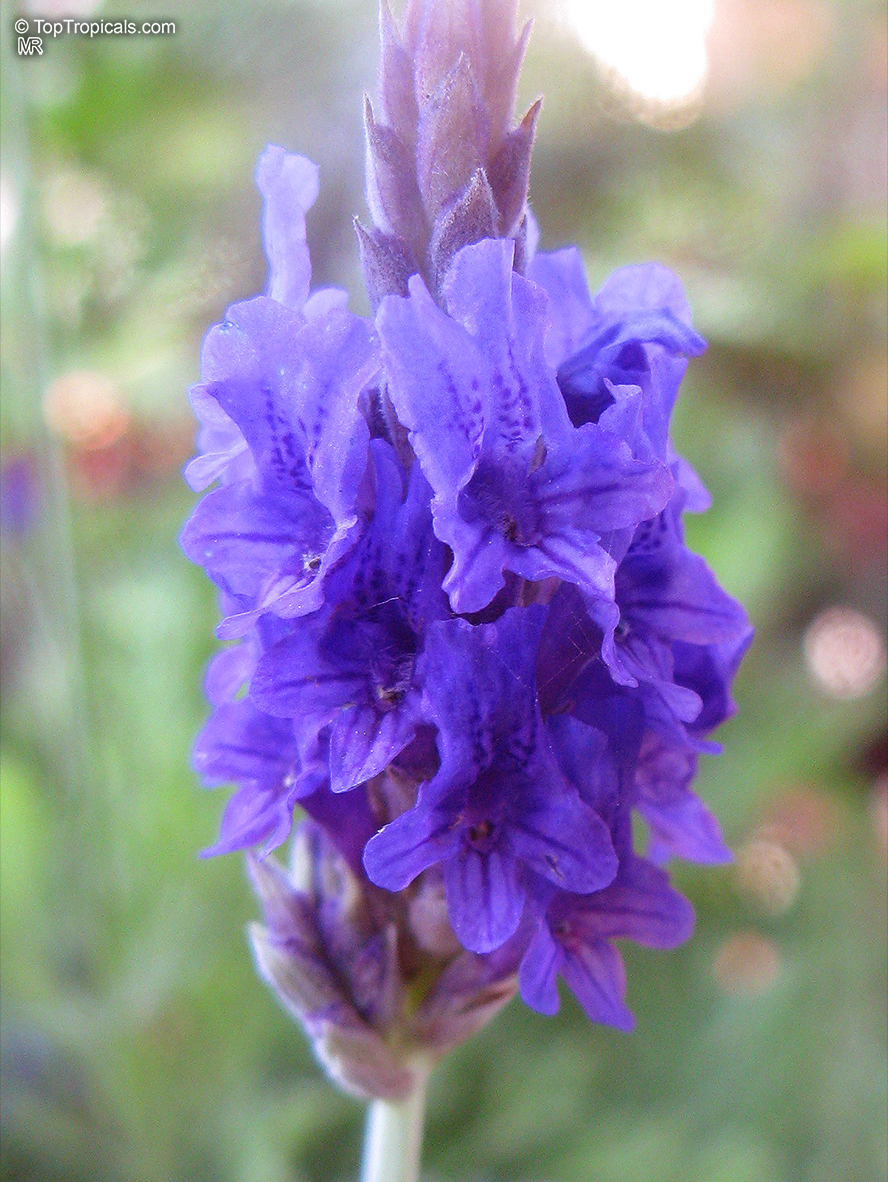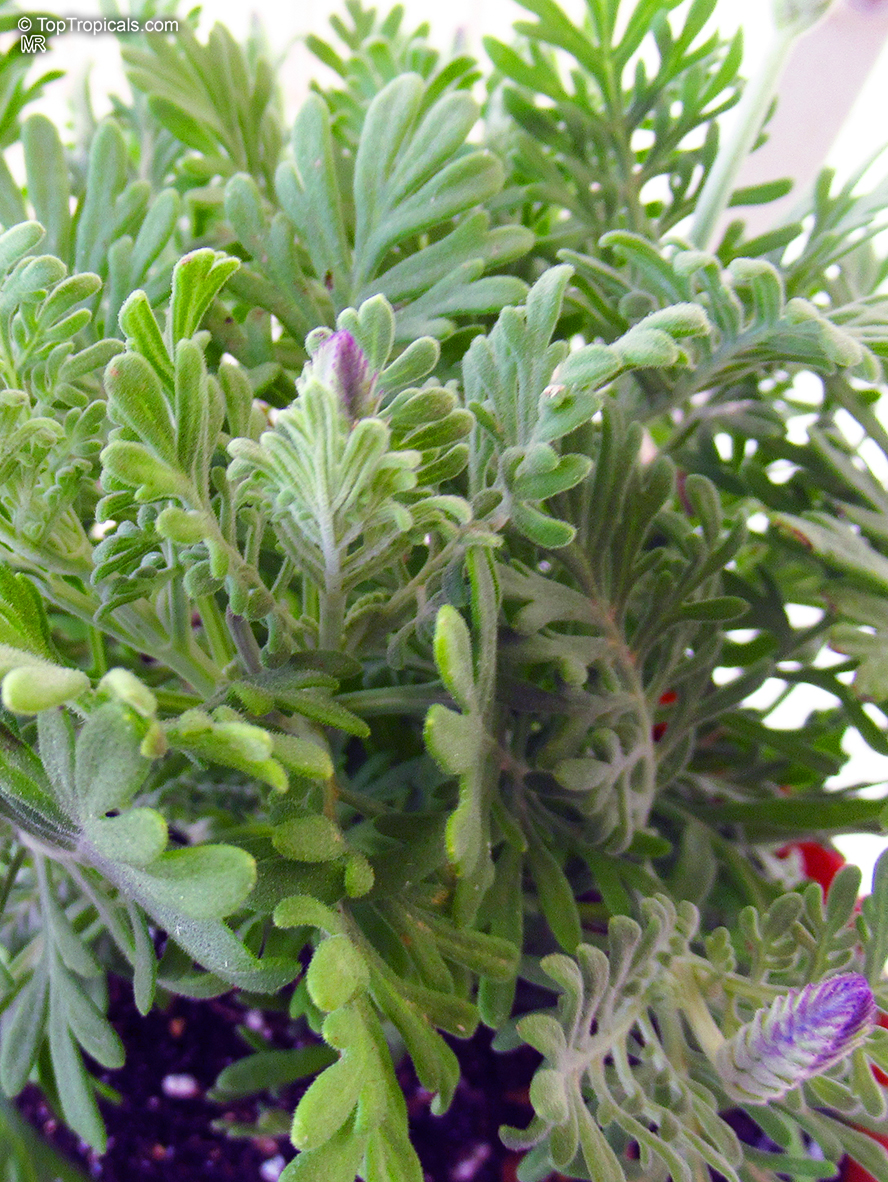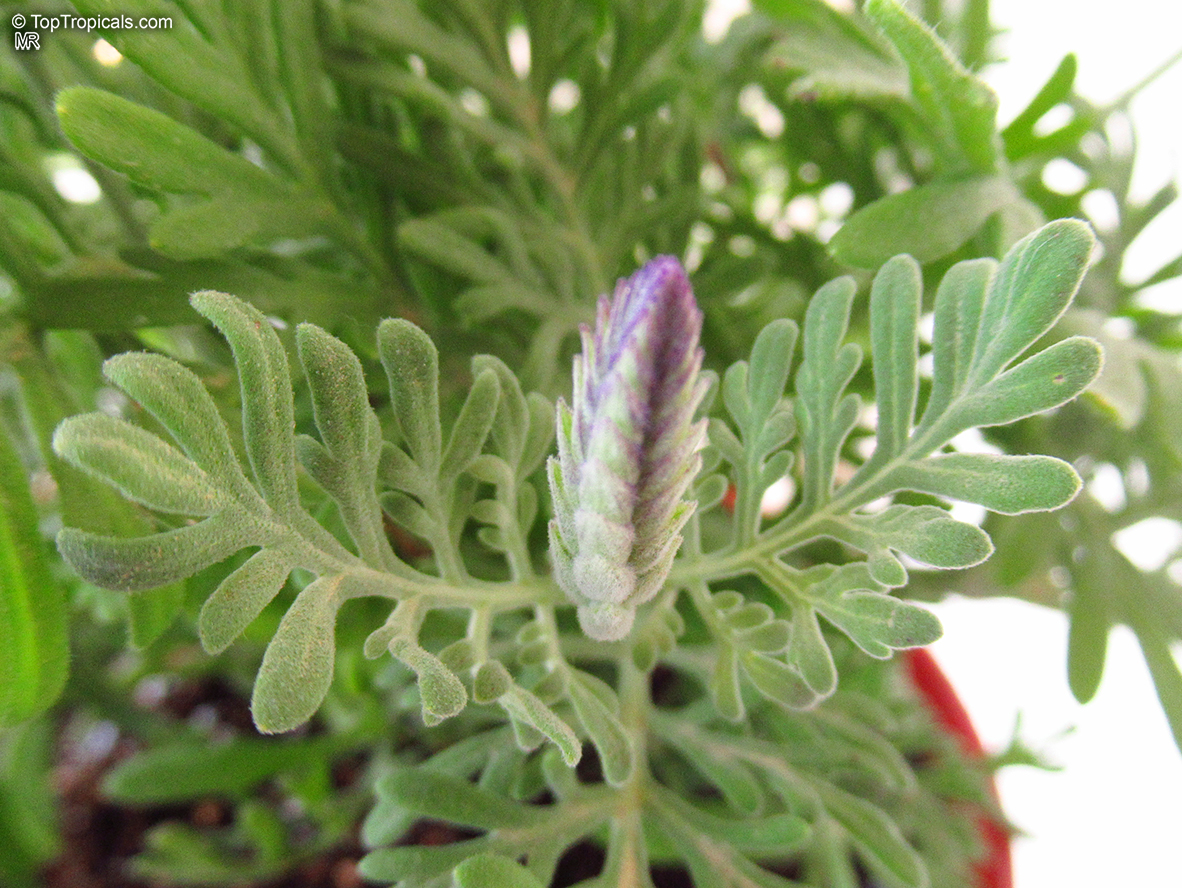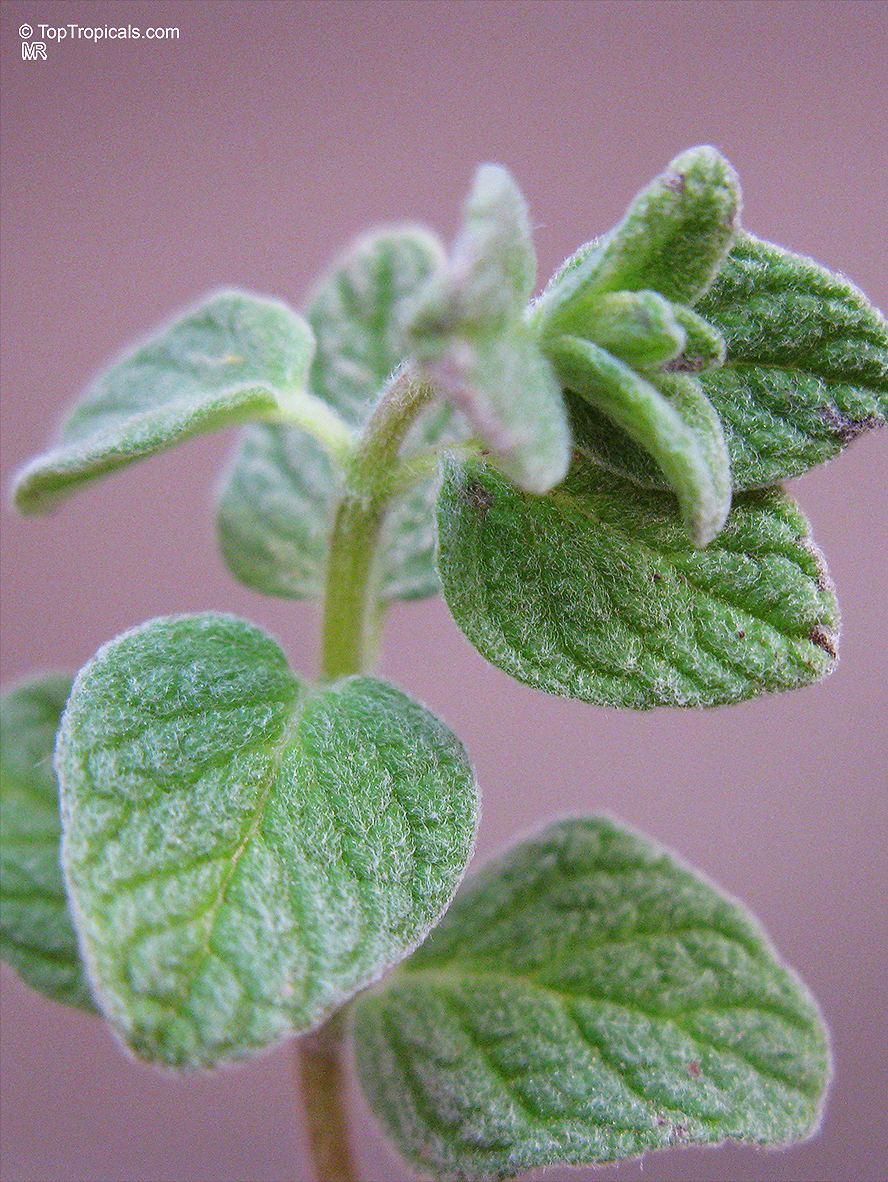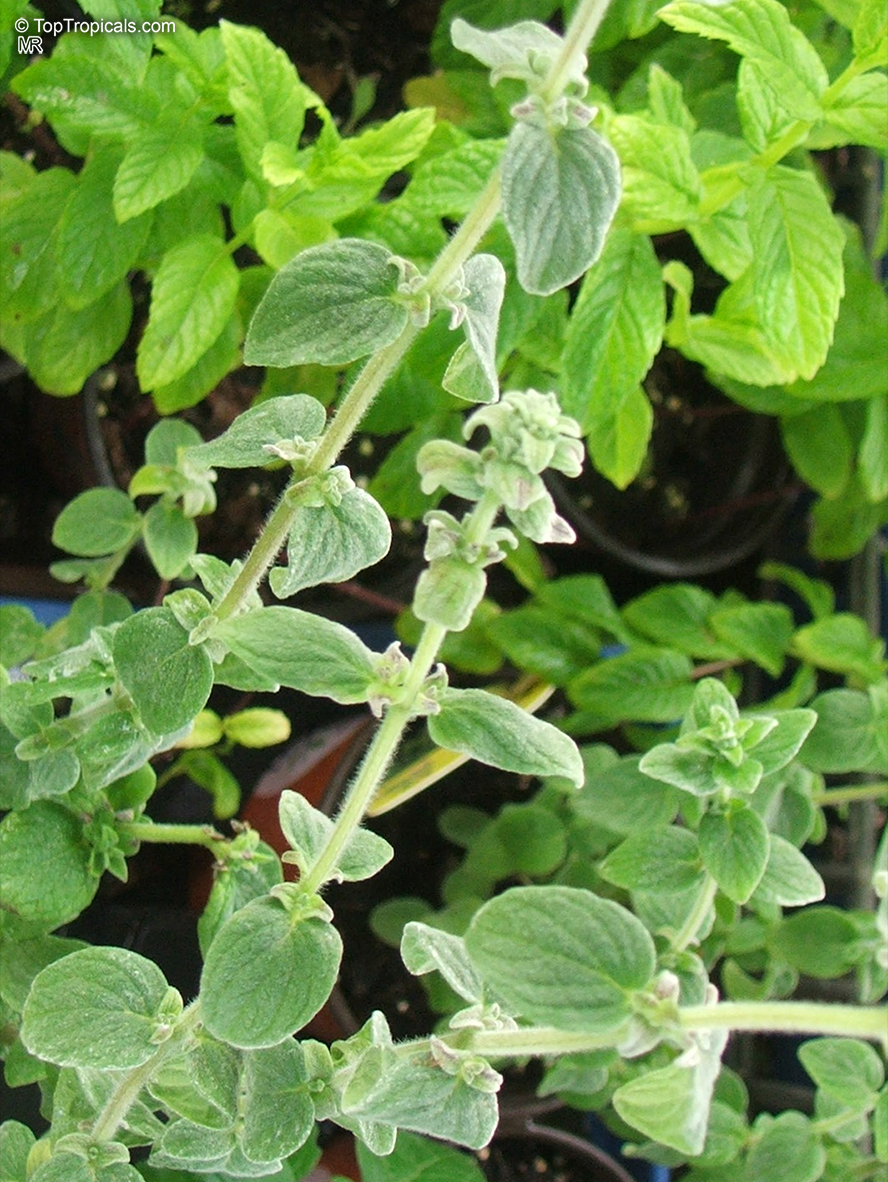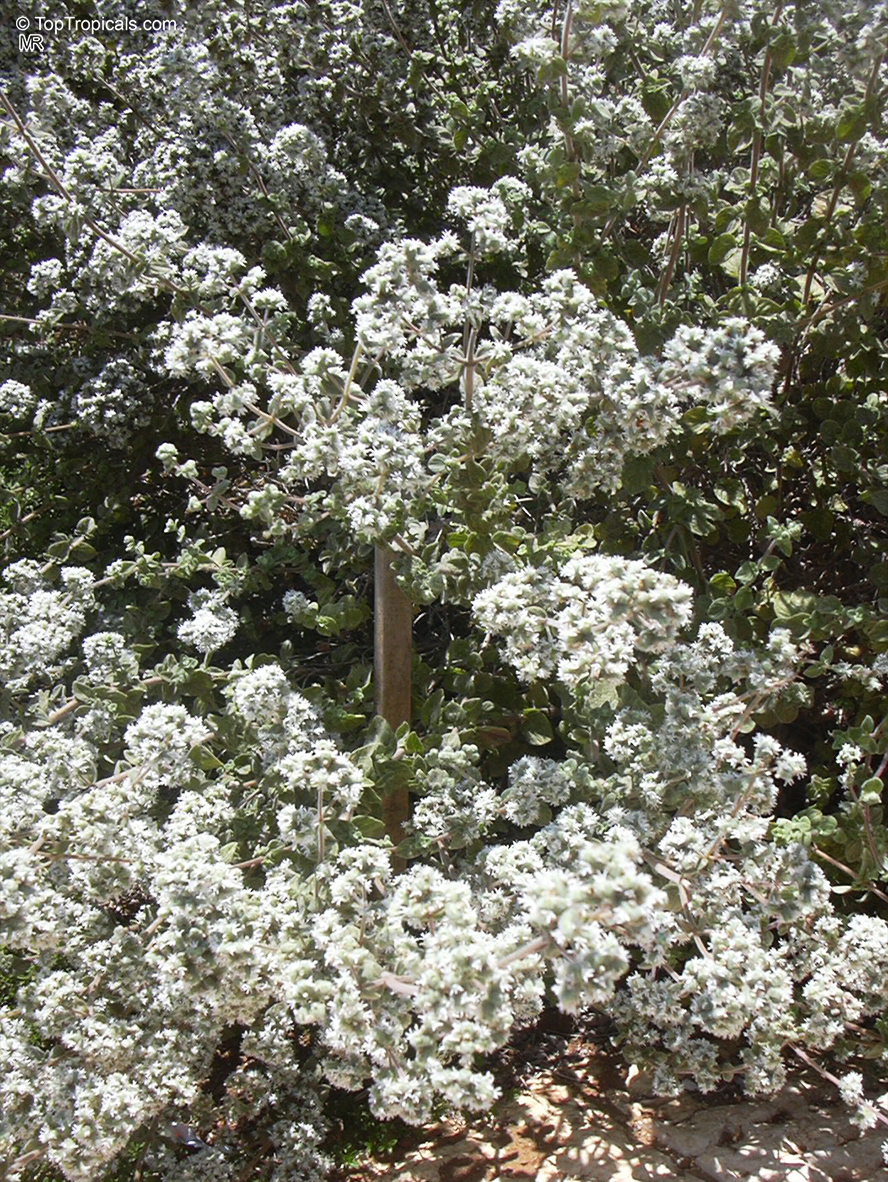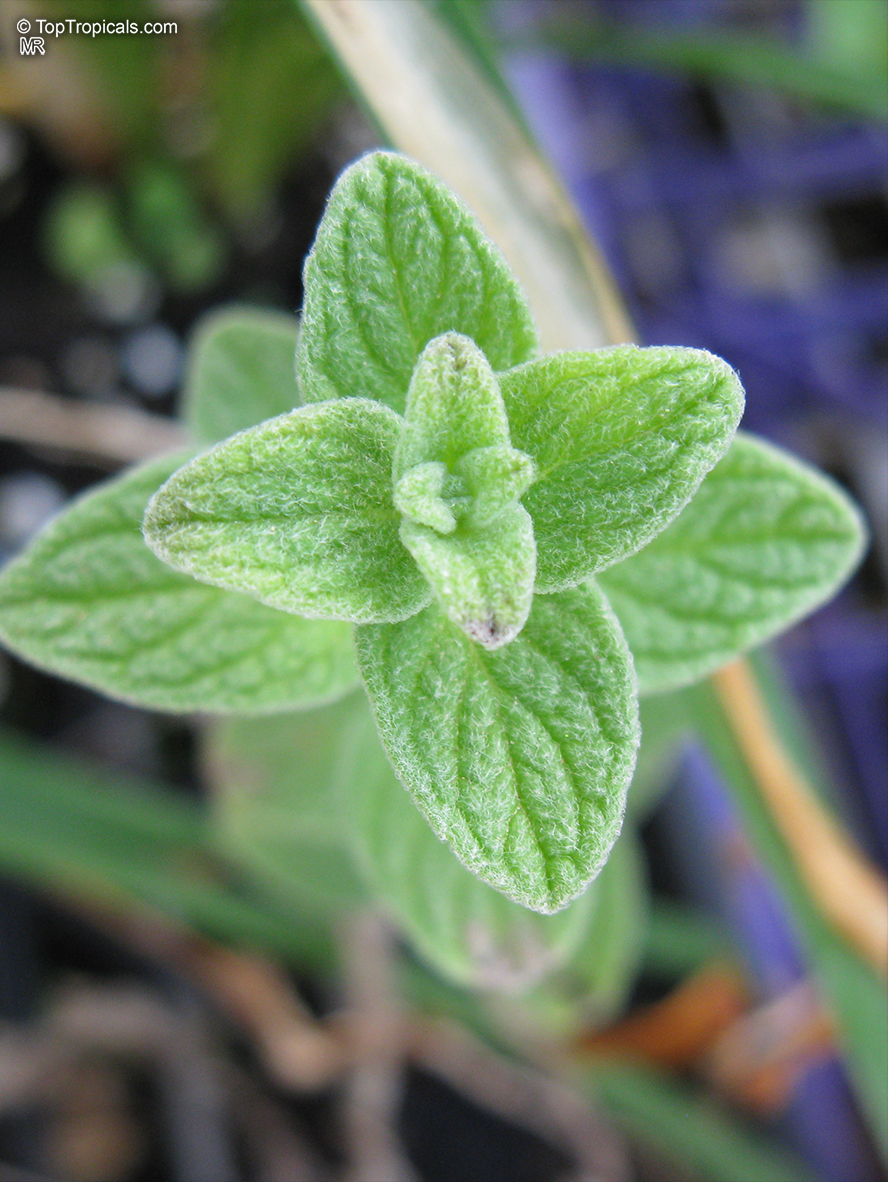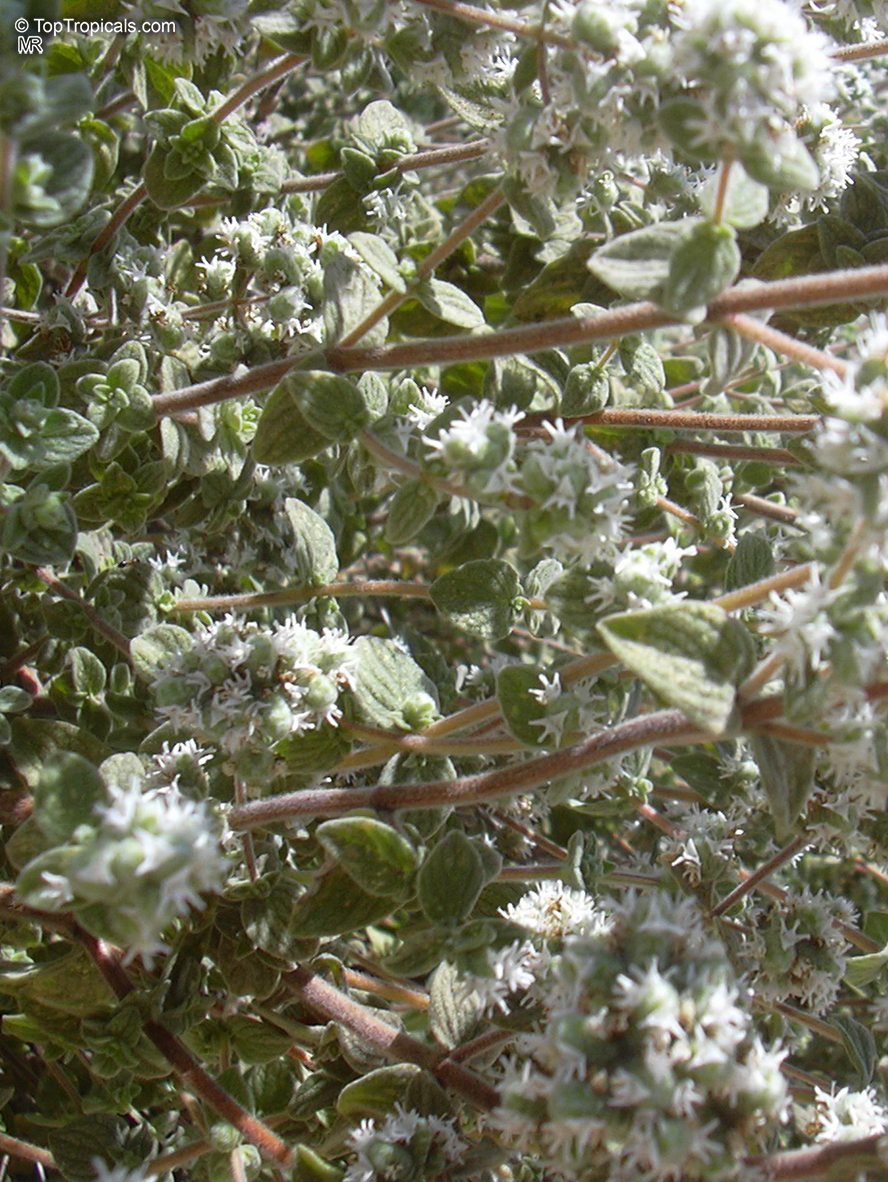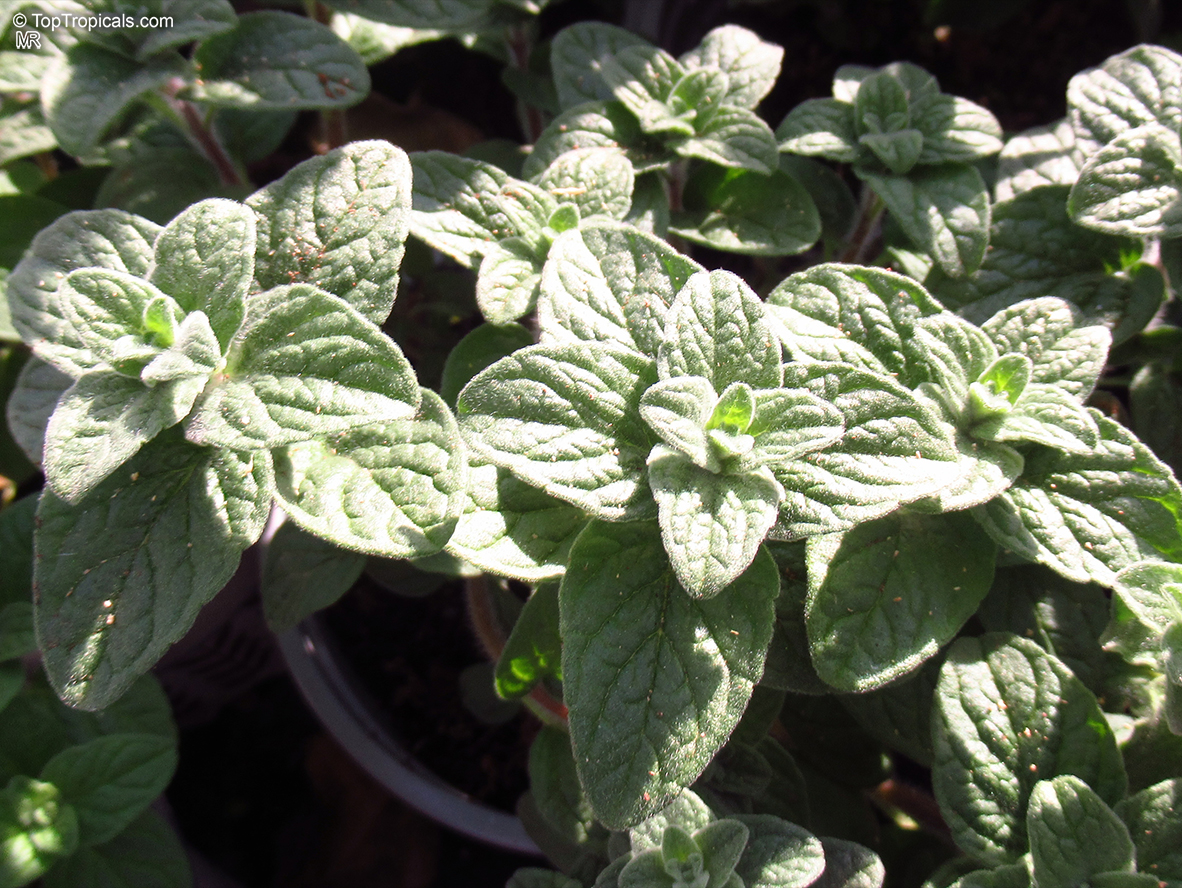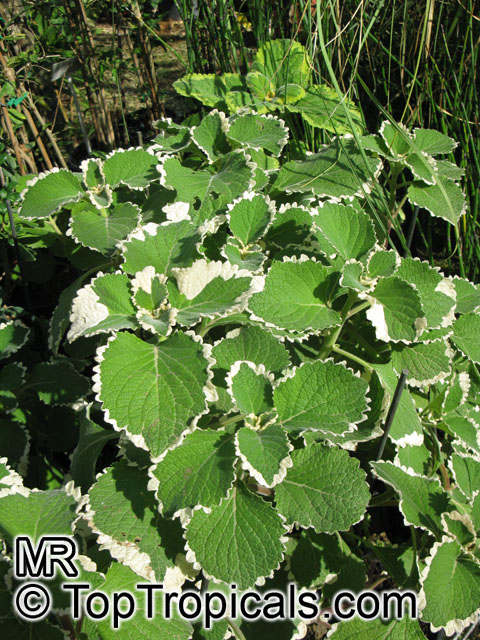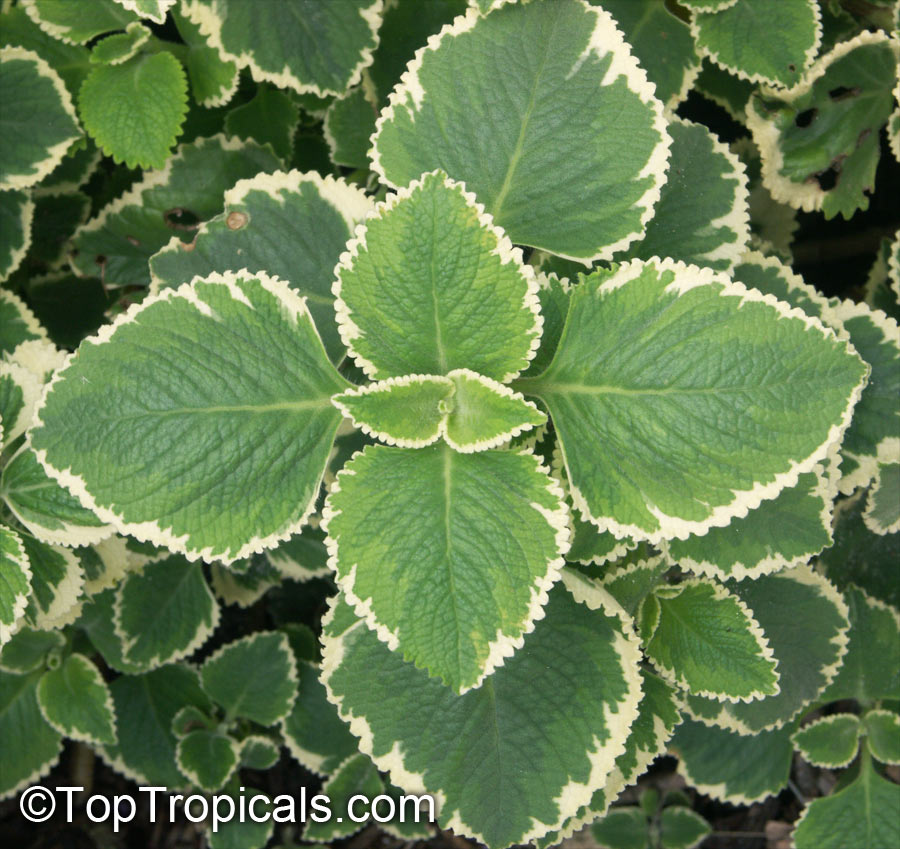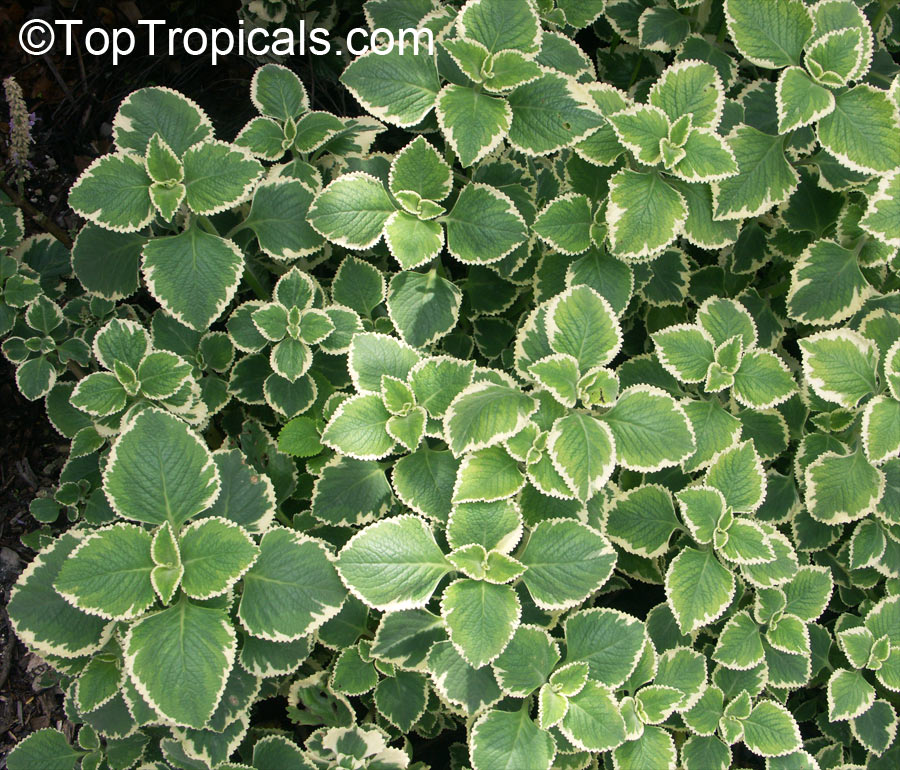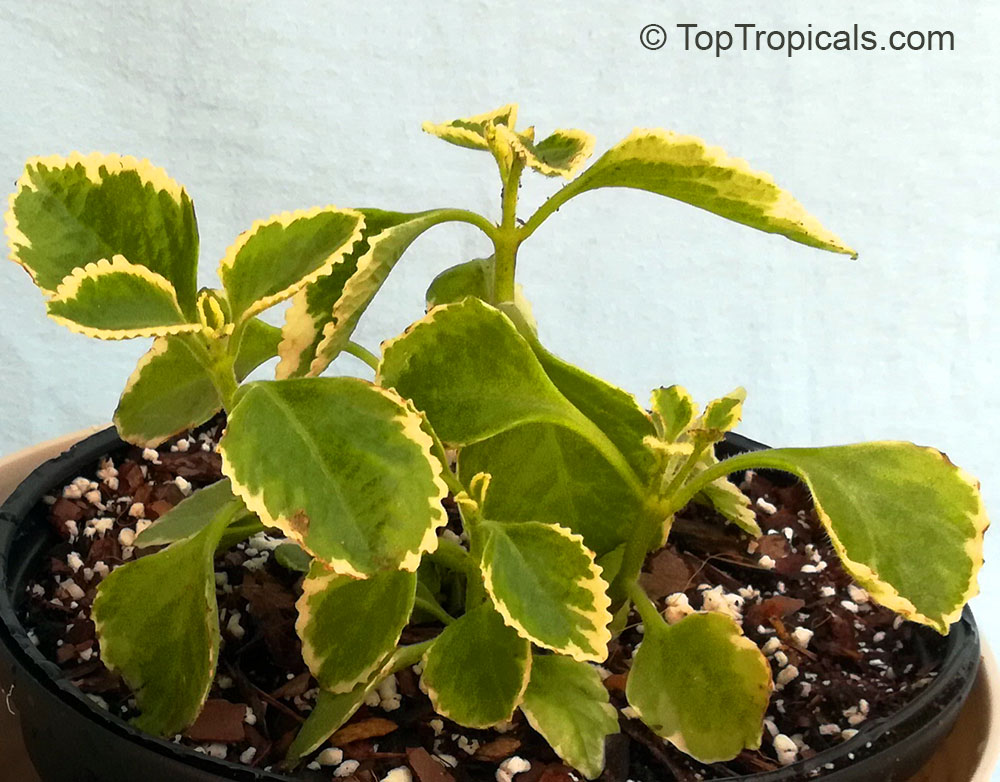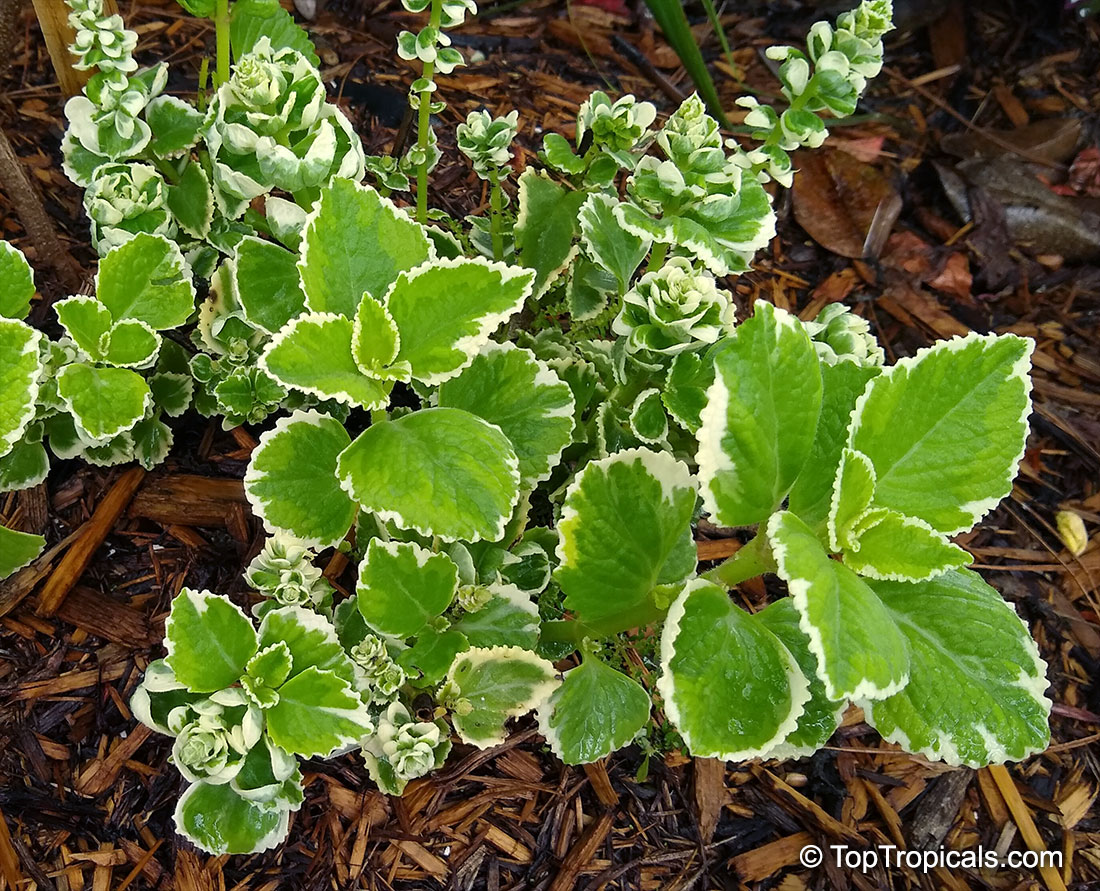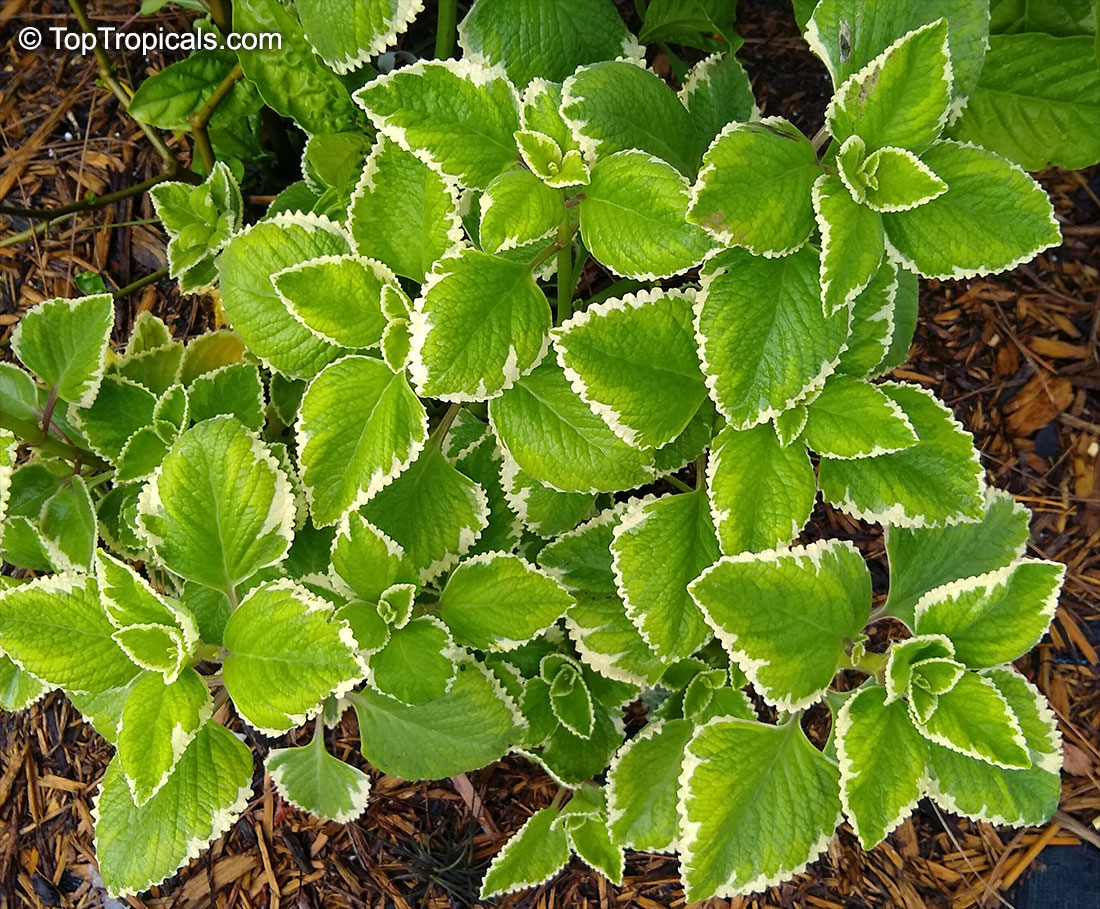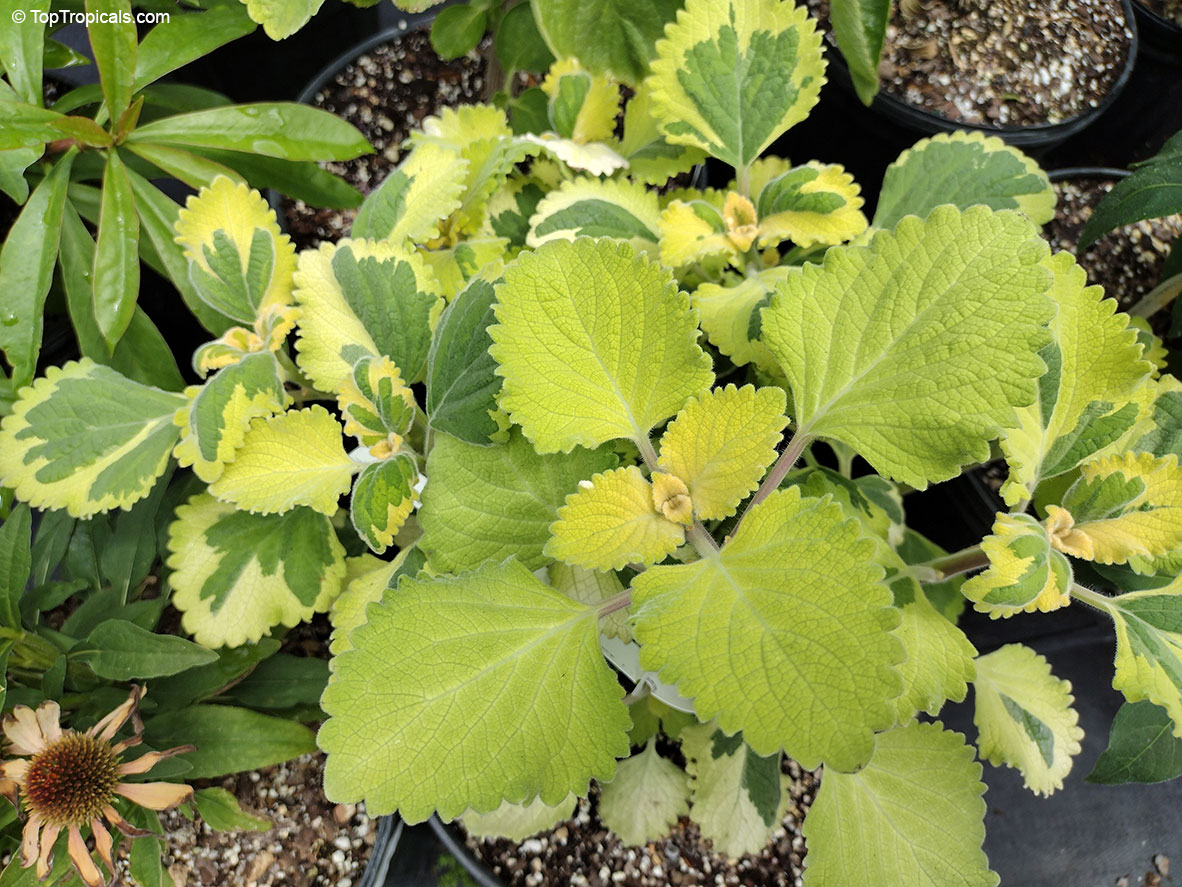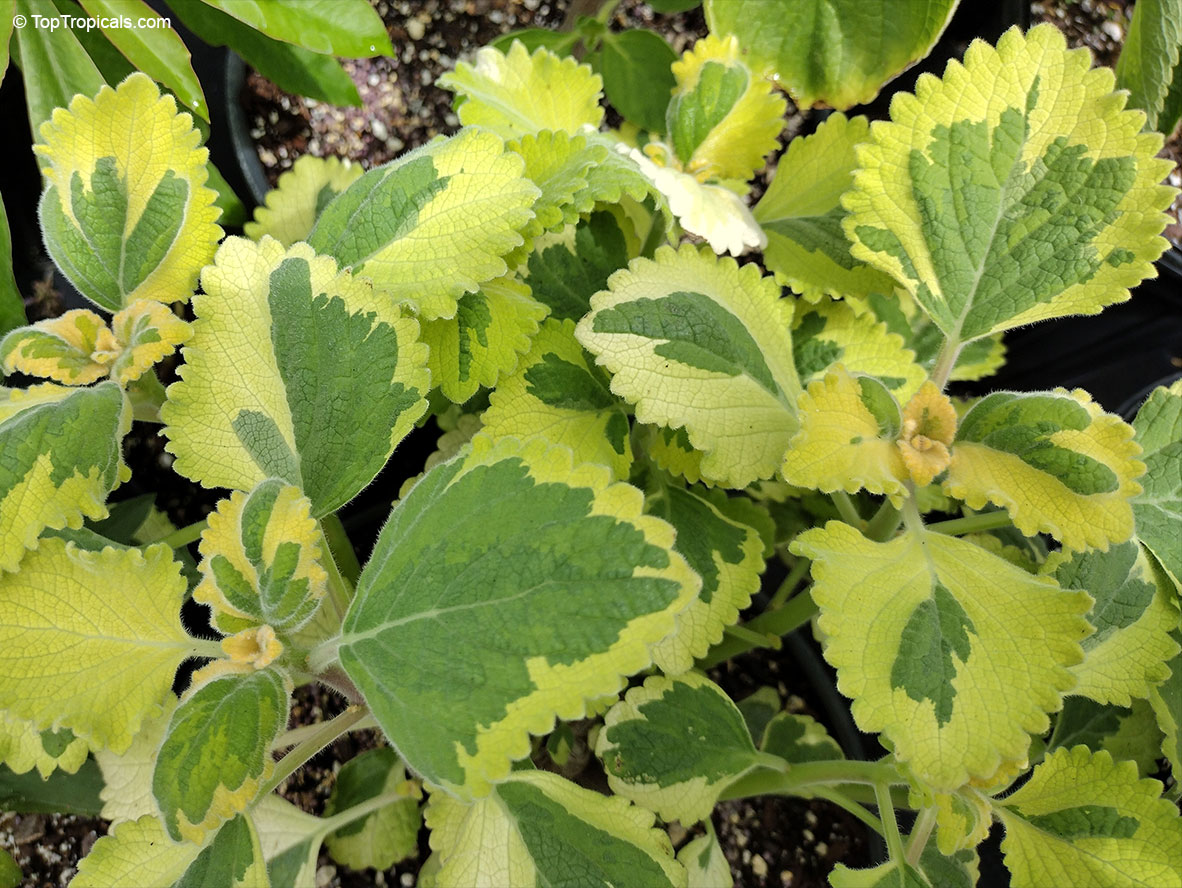Oregano - Plant Encyclopedia Results
Top Tropicals Plant Encyclopedia
| Number of plants found: 8 |
Botanical name: Origanum dayi
Common name: Desert Oregano
Family: Lamiaceae
Origin: Mediterranean






Origanum dayi (Desert Oregano) is a small shrub native to the Mediterranean with a charming, well-rounded habit. This perennial is ideal for full sun and reaches 2-5 feet in height and width. It does best in moderate water in dry conditions, and for slow-growing plants, it will tolerate drought better than other species.
This perennial offers exquisite white to off-white flowers and a fragrant aroma. These flowers appear from late Spring to early Summer, adding to the charm and beauty of this plant. The foliage is a vibrant green and is covered with silvery-white leaf markings, which creates a stunning display. This plant is also a great addition to landscapes, gardens and containers.
Origanum dayi is a frost-hardy perennial, and it can be grown in USDA Zones 4-9. If you live in a cold climate, it can easily be grown in a pot or container, provided it is kept in a sheltered area such as a greenhouse or cold frame. To care for this plant, water it once a week to keep the soil lightly moist. Make sure to avoid overwatering, as it may lead to root or stem rot. A balanced fertilizer should also be applied regularly throughout the growing season to ensure the plant has access to all the nutrients it needs. During Winter, make sure the plant is dormant and it should be kept dry and cool.
Origanum dayi Post is a reliable and easy-to-care-for perennial that adds a touch of fragrant beauty to any garden. Its cascading form and delicate white flowers make it ideal for any landscape. With its hardiness and potential for fast growth, this plant will be a stunning addition to any garden.
Botanical name: Origanum onites
Common names: Cretan Oregano, Turkish Oregano, Pot Marjoram
Family: Lamiaceae
Origin: Greece,Turkey










Very similar to the traditional Wild Marjoram. Forms a mound of leaves from which arise the reddish purple flower stems.
Botanical name: Origanum vulgare
Common names: Oregano, Wild Marjoram, Greek Oregano
Family: Lamiaceae
Origin: Mediterranean







Origanum vulgare, often referred to as Oregano, is a small fragrant plant native to the Mediterranean region that is most commonly used as a culinary herb or ethnomedical plant. Growing between 2-5 feet tall, Origanum vulgare prefers full sun and regular watering - about 1 inch per week - for optimal growth and flavor. This plant is hardy in USDA Zones 4-8, but in areas of colder climates it can be grown in a pot in a sunny, warm and sheltered location.
Origanum vulgare's distinguished flavor has made it a staple spice or herb in Mediterranean cuisine. In the kitchen, oregano can be used fresh and in dried form, and is often added to pizza, pasta sauce, and grilled vegetables. This herb also makes a unique addition to fish and poultry dishes, as well as salads and marinades.
When growing Oregano, it is important to keep in mind that it is an aggressive self-sower, and may spread quickly in ideal growing conditions. This is why it may be best to start oregano in a pot, which will also make it easier to move indoors during cold weather. Once established, oregano plants can go nearly a month without water in the summer months, but when they do need it, they prefer regular moderate water once per week.
In order to ensure a delicious and fragrant oregano harvest, maintain an even moisture level and make sure your oregano is getting enough sunlight. With tender loving care and regular water, you'll be able to enjoy a delicious oregano harvest in the warm summer months!
Botanical names: Solenostemon amboinicus, Coleus amboinicus, Plectranthus amboinicus
Common names: Allspise, Three-in-one spise, Cuban Oregano
Family: Lamiaceae
Origin: Tropical America







The Solenostemon amboinicus, or Allspice as it is commonly known, is a groundcover and low-growing plant native to tropical America. This ornamental foliage is arguably one of the most fragrant with its spicy accents, making it popular for culinary purposes. Growing to a height of about 2 feet, the Allspice prefers semi-shade and moderate water and is ideal for mixed containers and patio planters. It is often used in Thai beef salad and is used to give various Cajun and Creole dishes a unique flavor.
The Allspice can flourish in USDA zones 9-11. Soil should remain moderately moist, and the plant should be placed in an area that receives a combination of full sun and partial shade. It can also be grown as a houseplant because of its attractive foliage and bright green stems.
In colder climates, the Allspice can be grown in pots and other containers. To ensure their best growth, the soil should be well-drained, light and nutrient-rich. During the winter, the plants should be kept in protected areas, such as a greenhouse or cold frame. The containers should be moved to an area of the house that receives plenty of indirect light and be watered regularly.
It is often called Course Leaf Thyme. Beautiful, fragrant, strong, medicinal... there is so much good to say about this plant. A popular herb among the West Indies, the beneficial and useful properties go on and on. Have a bad cough? Try a few bold leaves with a cup of tea for a cure. Want the most tender pork of your life? Try stuffing a loin with some course leaf thyme. In the garden, the kitchen, or medicine cabinet, you will love this little guy! And the best part? It is strong; very strong. Where as so many other herbs have such fragile or short life cycles, this plant will surely outlast them. An amazing compliment and must have addition to your herb or tropical garden.
Recommended Fertilizer: SUNSHINE Robusta - Rapid Growth Booster
Botanical names: Clinopodium nepeta, Calamintha nepeta
Common name: Lesser Calamint
Family: Lamiaceae
Origin: Mediterranean











Clinopodium nepeta smells like a cross between mint and oregano. It attracts honeybees and butterflies.
Botanical name: Lavandula multifida
Common name: French Lace Lavender
Family: Lamiaceae







Lavandula multifida or French Lace Lavender is a stunning flower variety, prized for its fragrant, violet-blue blooms and ornately dissected silver foliage. When sown from seed, plants can quickly flower with slender, tall stems, culminating in elongated flower bracts. Typically ranging from 2-5 feet in height, the French Lace Lavender makes an eye-catching addition to any garden.
Providing a pleasant aroma to the air and an attractive centerpiece to any flower bed, the French Lace Lavender is relatively easy to care for. It thrives in sunny or semi-shady areas, and the soil should be well-draining, with a few organic and coarse materials added to aid plant growth. During the spring season, a little fertilizing and pH level adjusting may be necessary to promote healthy blooming and foliage. Similarly, regular deadheading of the flowers can encourage new blossoms, while pruning helps to keep the size and shape of the shrub in check.
For those in USDA Zones 9-11, the French Lace Lavender is also well suited for growing in pots. It requires moderate water input, and with appropriate attention it can easily be kept for many years.
In short, the French Lace Lavender makes a delightful addition to any garden with its oregano-scented flowers and feathery foliage. A low-maintenance plant, it rewards its growers with an abundance of attractively hued blooms and deliciously sweet fruits.
Botanical names: Majorana syriaca, Origanum Maru
Common names: Syrian Marjoram, Zaatar, Zahtar
Family: Lamiaceae
Origin: Asia Minor







In Western Asia, particularily in Jordan, Lebanon and Israel, a local marjoram relative (Majorana syriaca) is a common flavoring for grilled mutton and also used to flavor breads. This special marjoram more aromatic than the European variant and ranges in flavor somewhere between marjoram and oregano.
Botanical names: Plectranthus forsteri, Plectranthus nicodemus
Common names: Fragrant Plectranthus, Variegated Basil
Family: Lamiaceae







Excellent variagated, fragrant herb that is ideal in mixed containers and patio planters. Leaves are used for cooking as basil. Great in full sun to part shade. Grows 10-14" tall. Fertilize every 2 weeks with an all-purpose fertilizer for best growth. Keep soil moderately moist.
Use link to repeat this search:
https://toptropicals.com/cgi-bin/garden_catalog/cat.cgi?find=Oregano&search_op=and&keyword_op=and&language=e&number=10
&no_change_lang=1&user=tt&sale=1&first=0
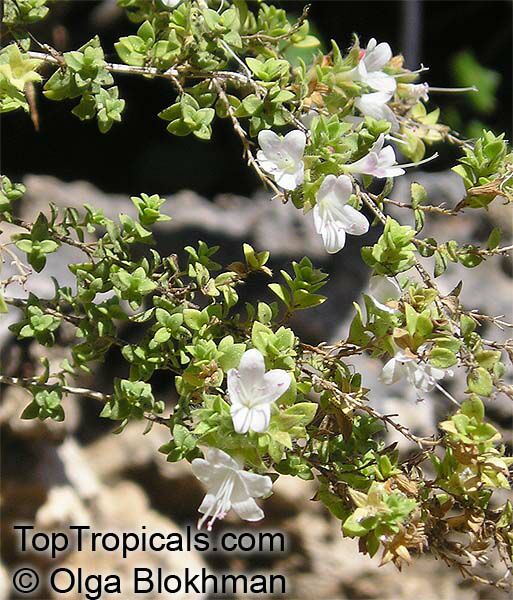
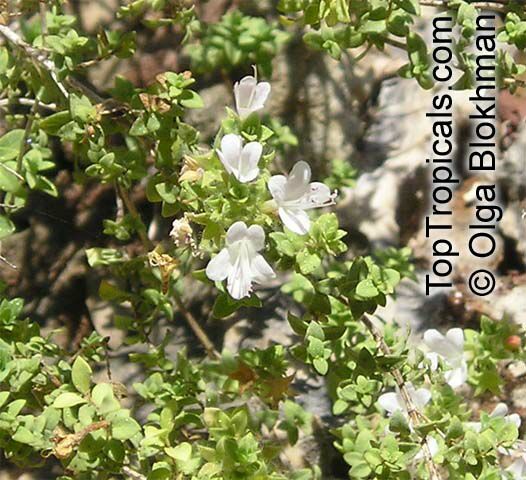
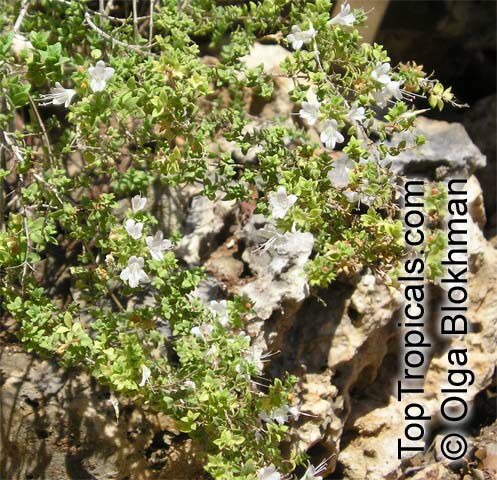
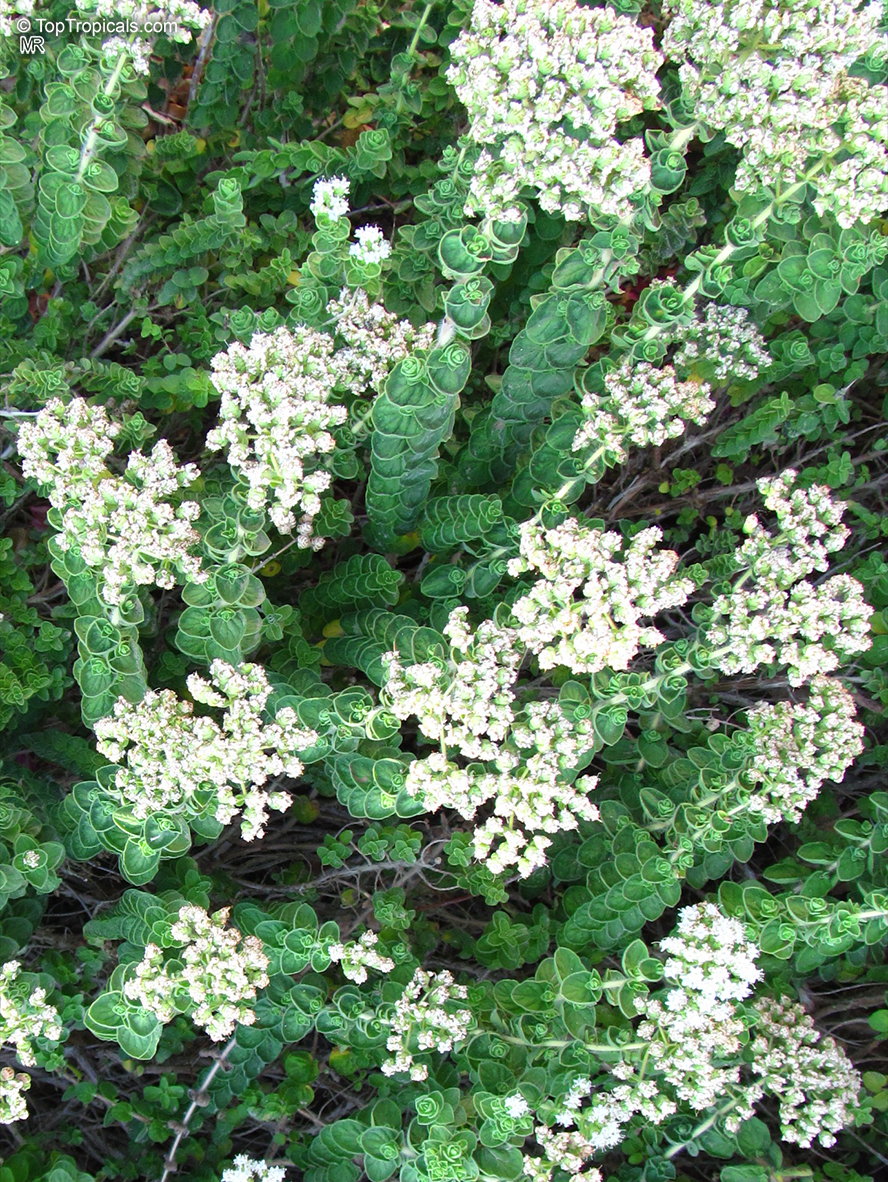
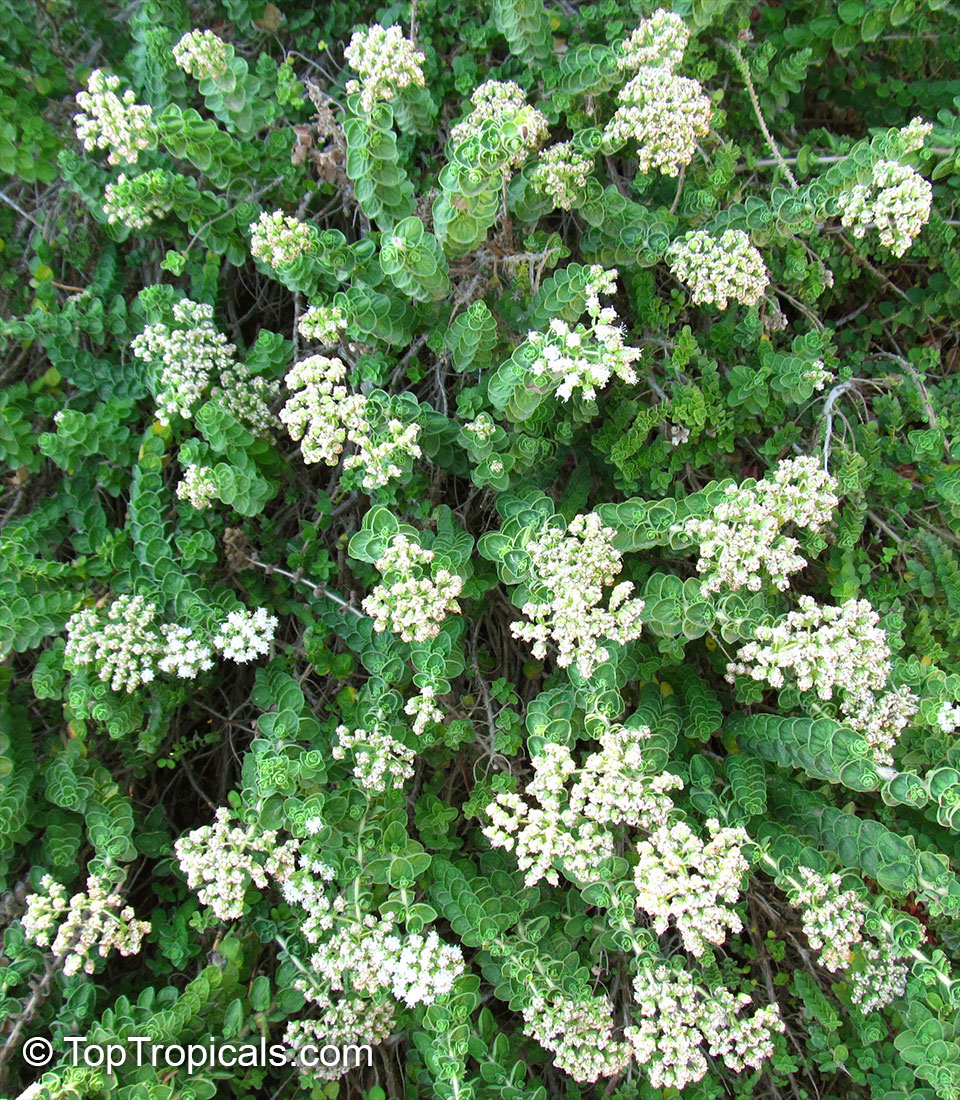
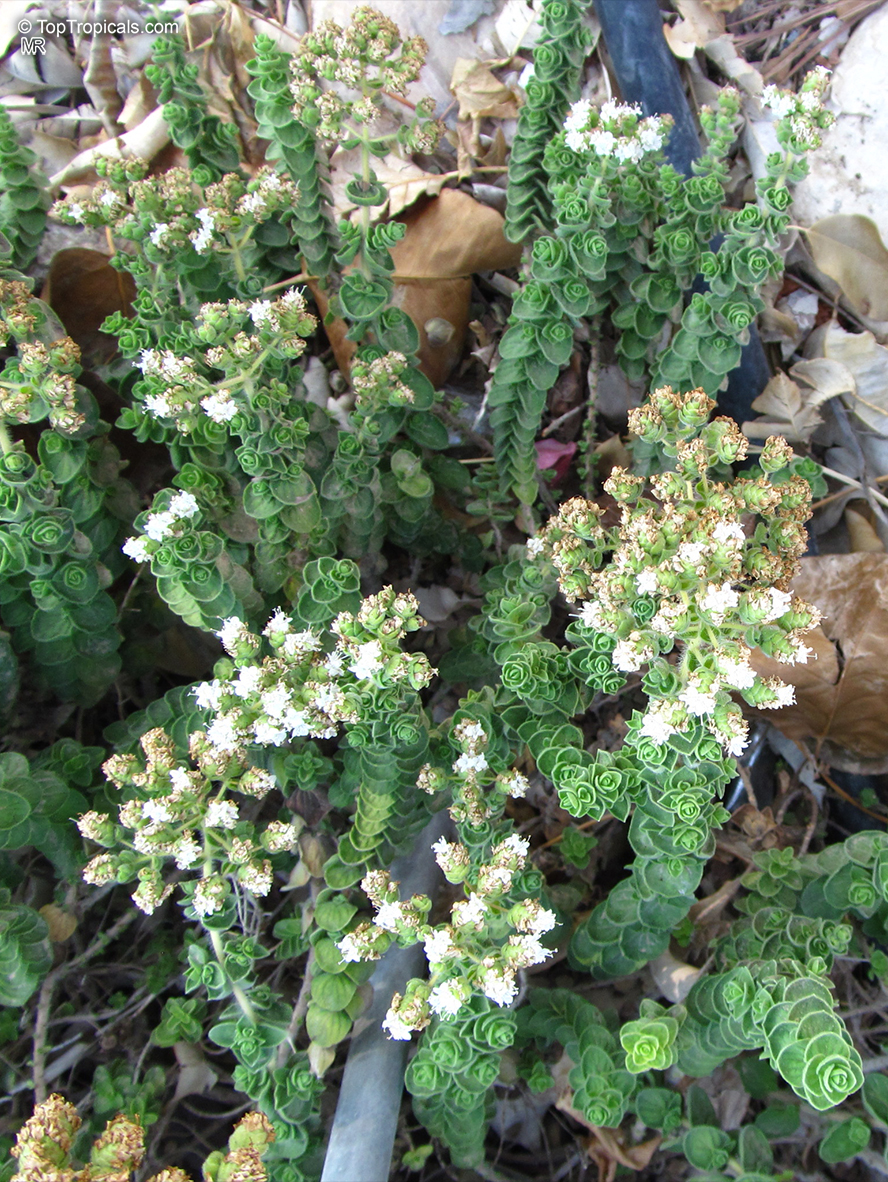
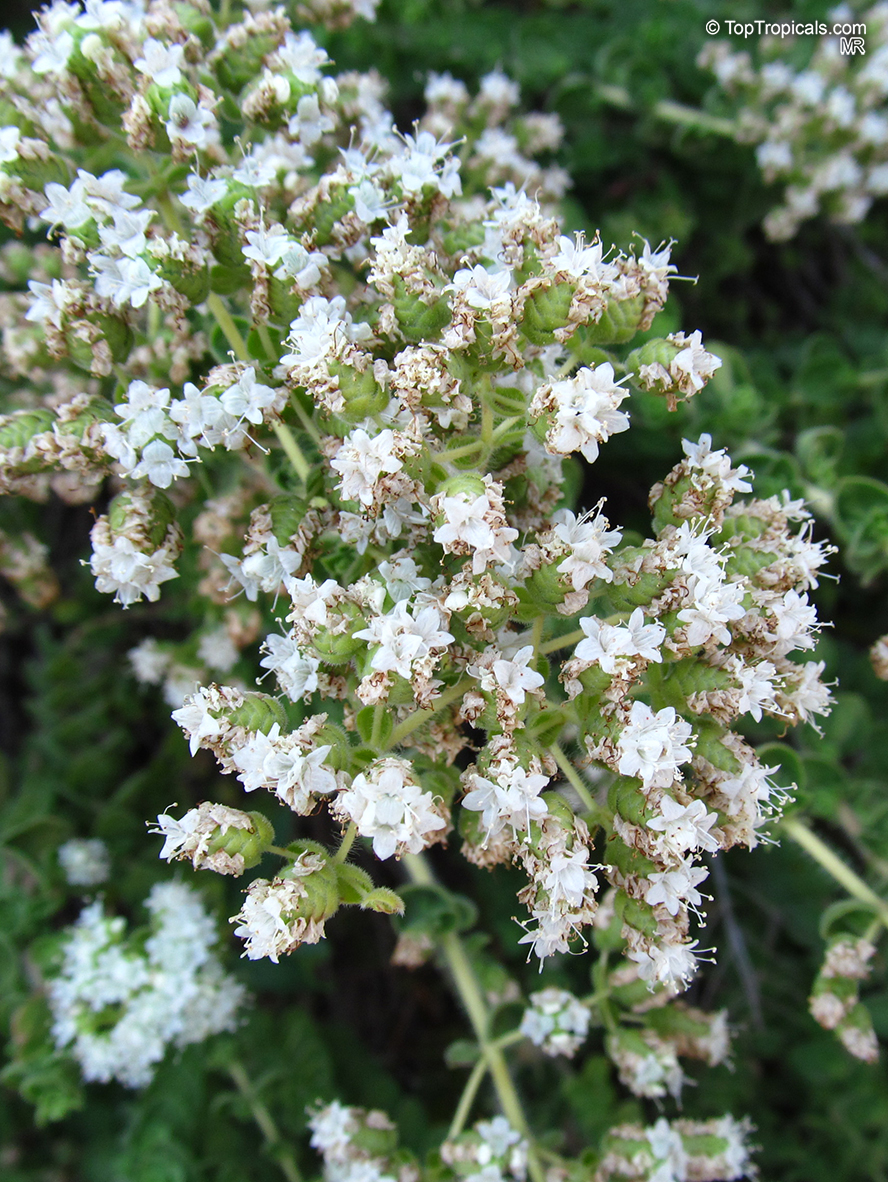
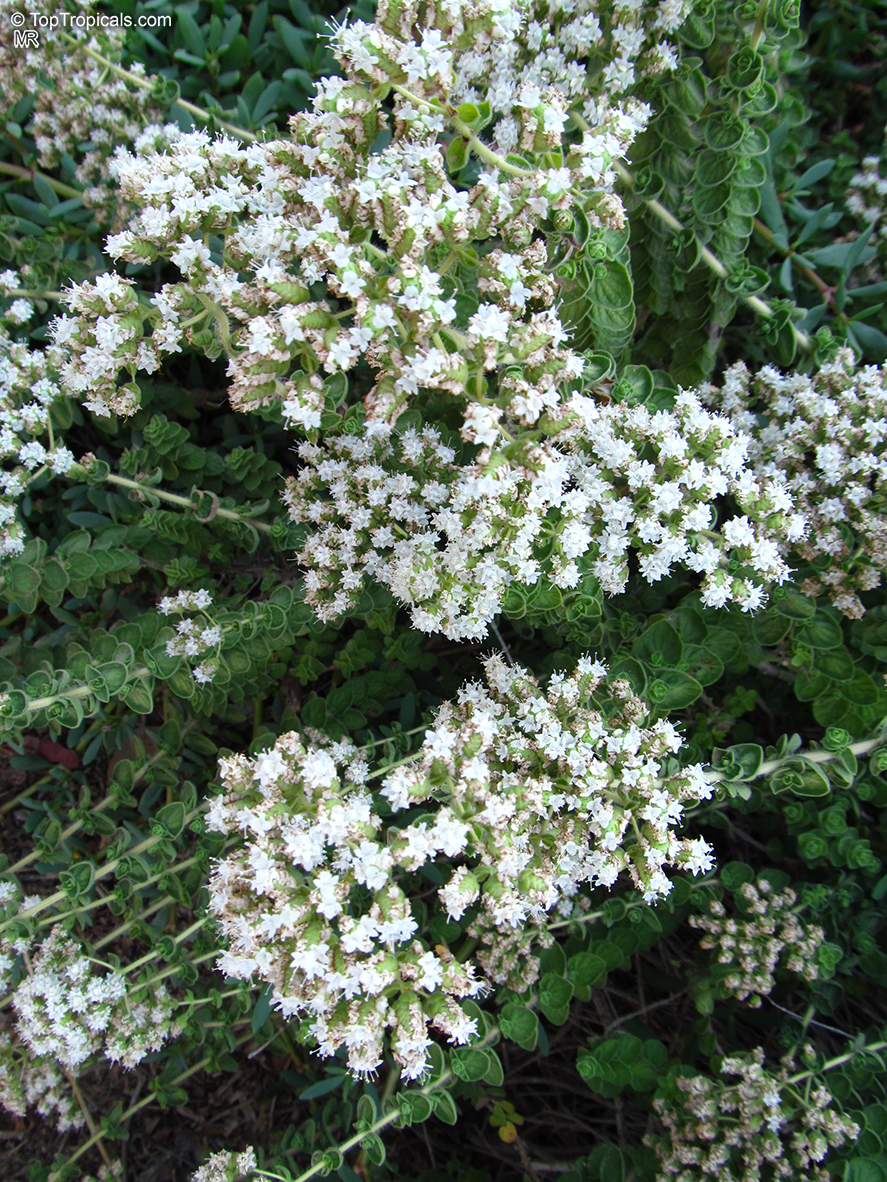
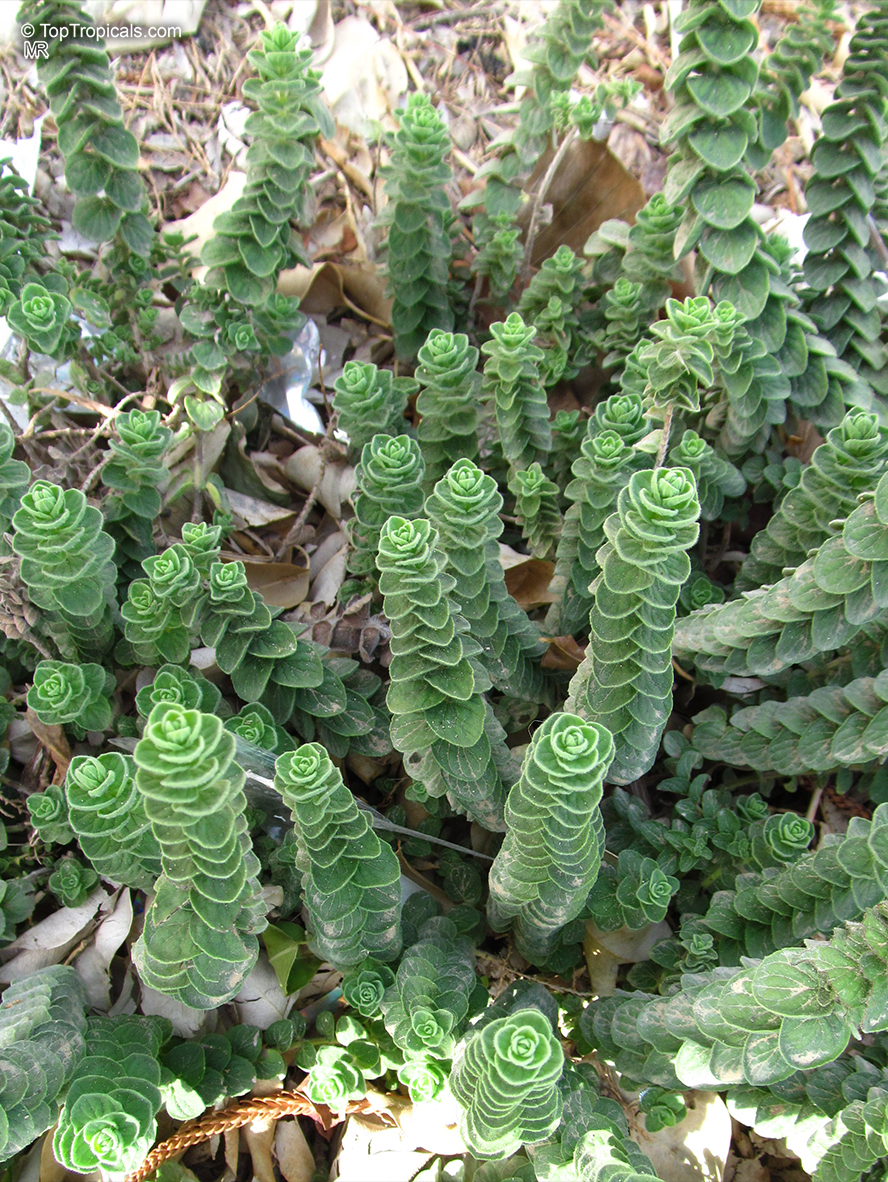
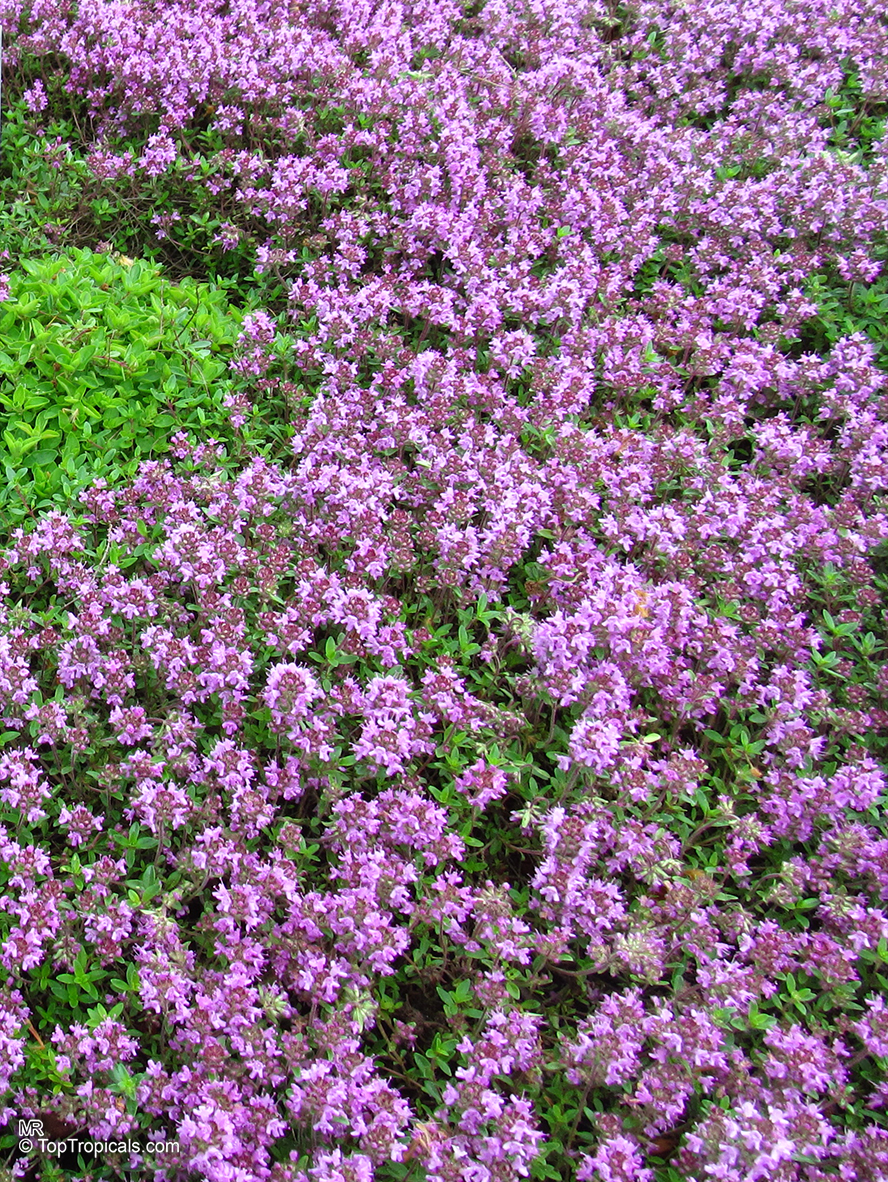
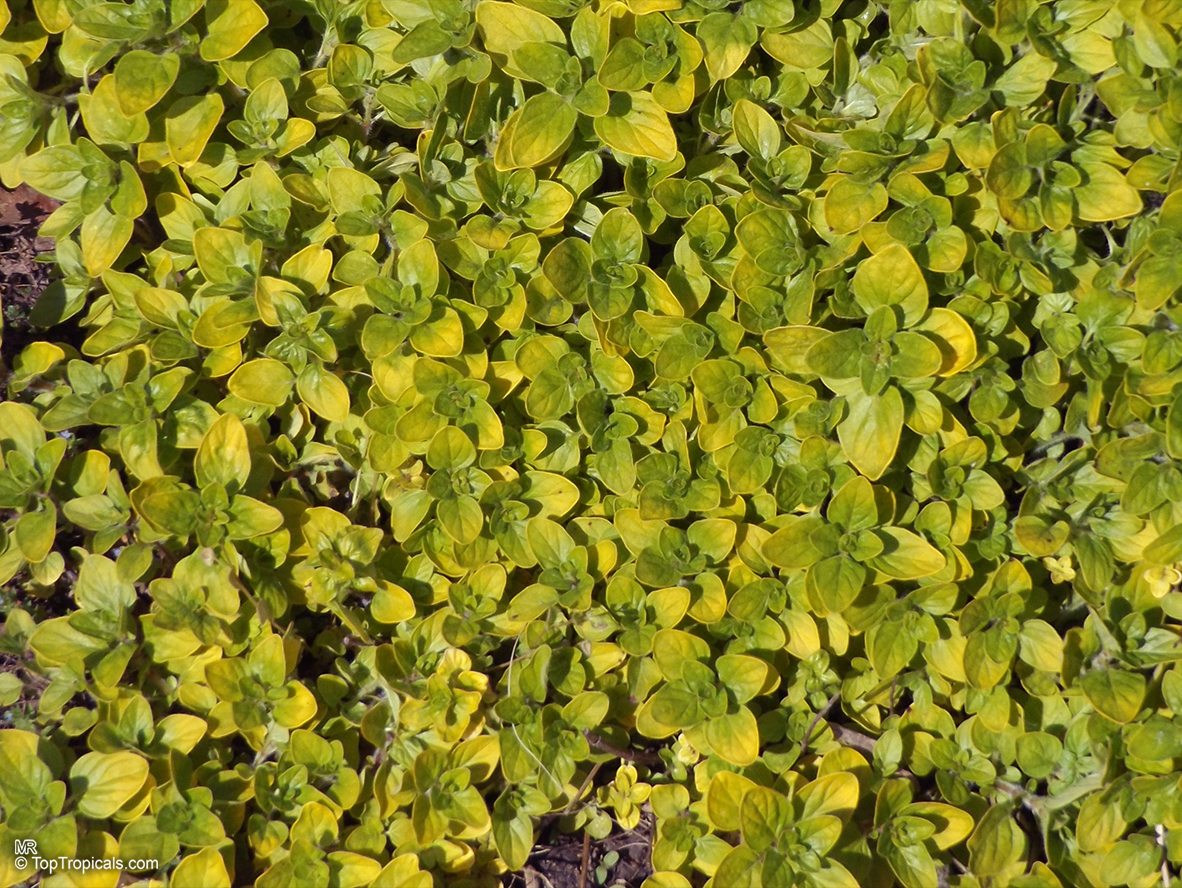
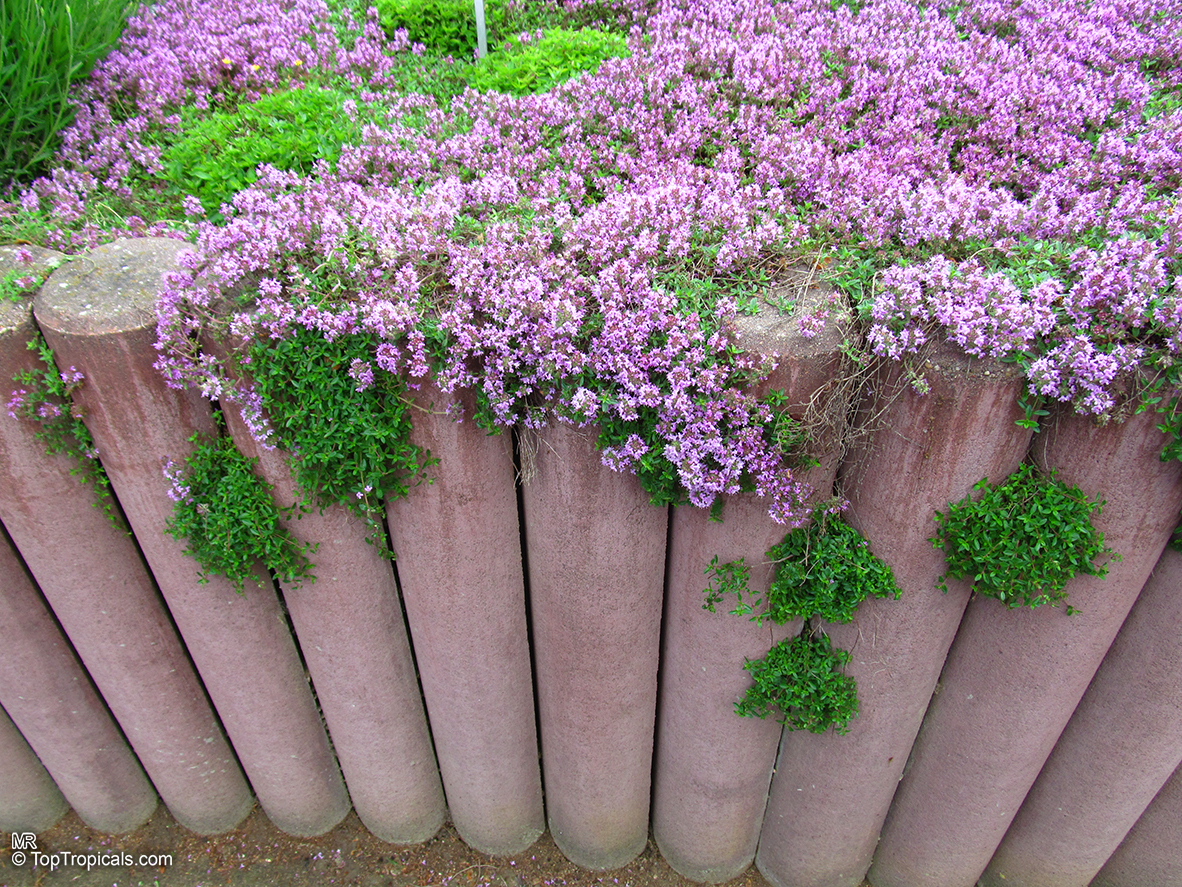
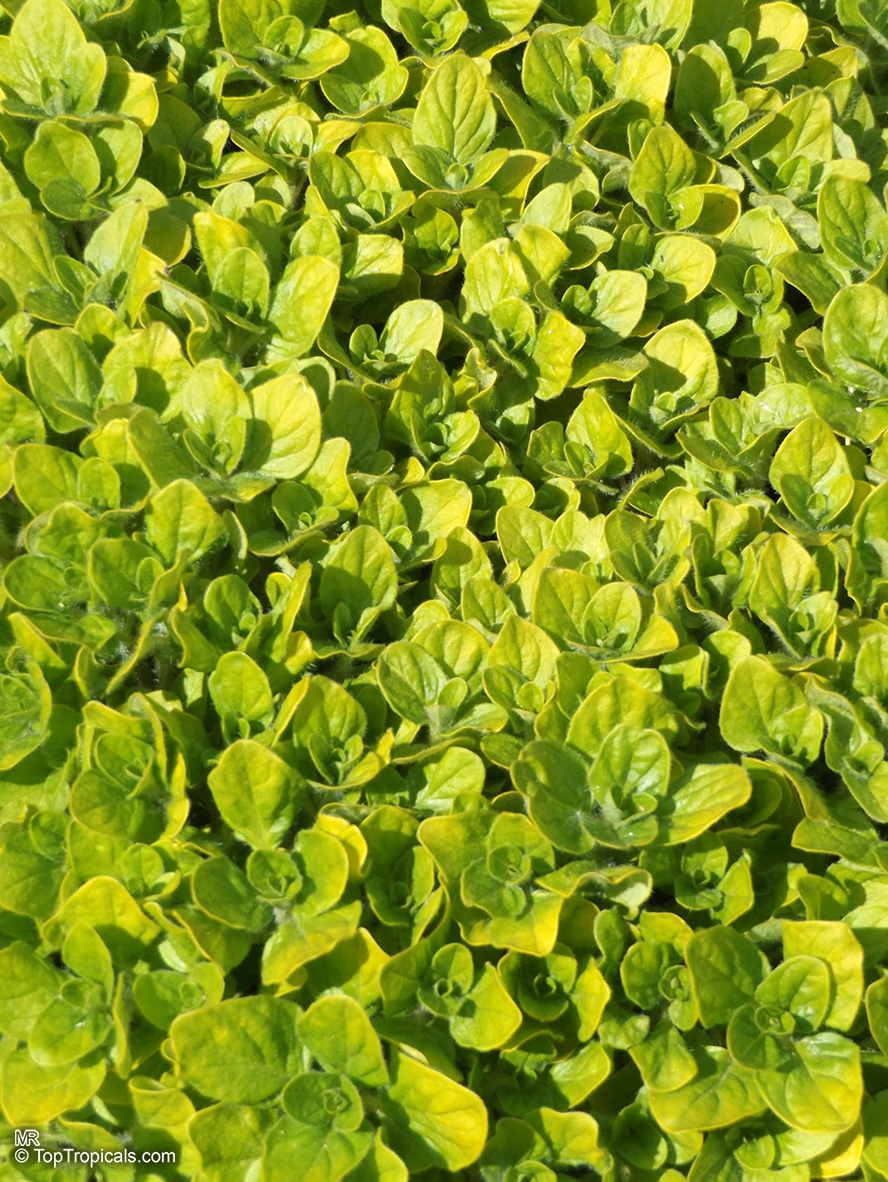
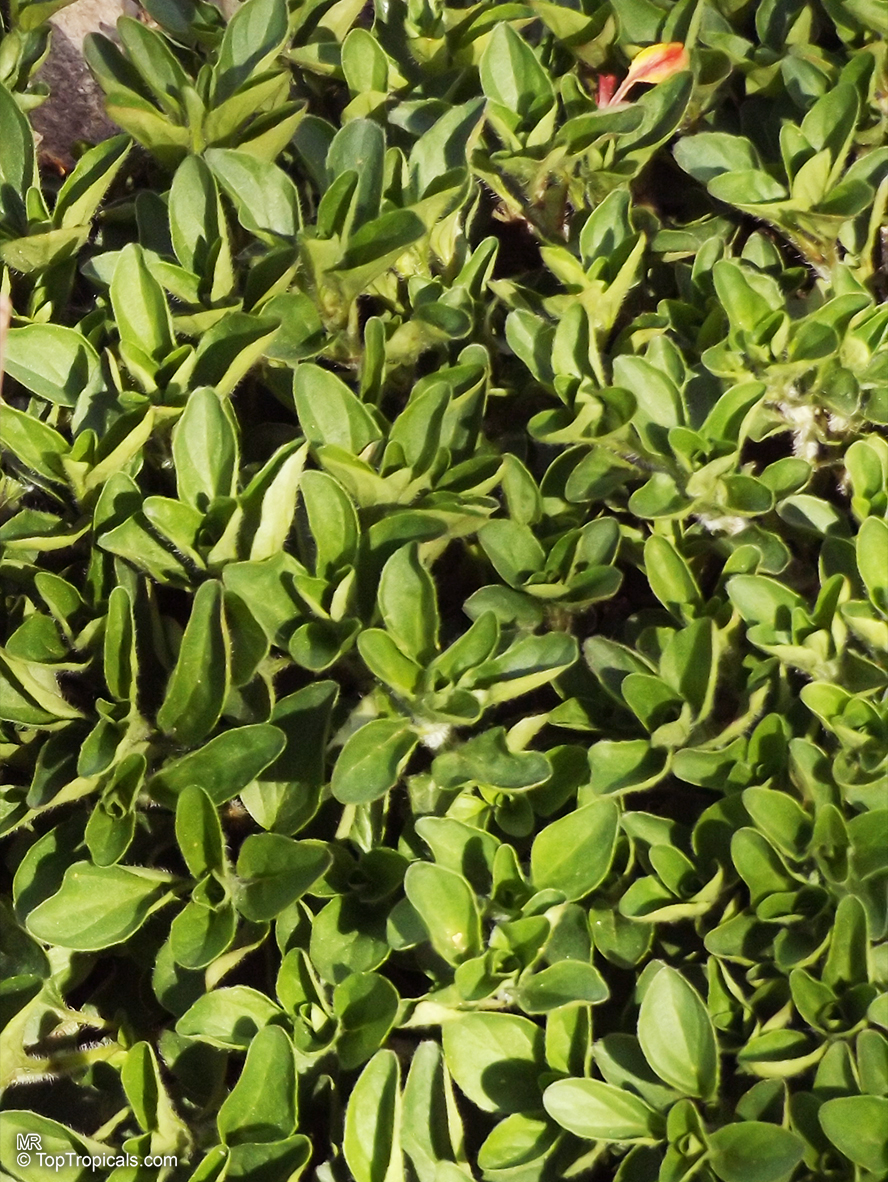
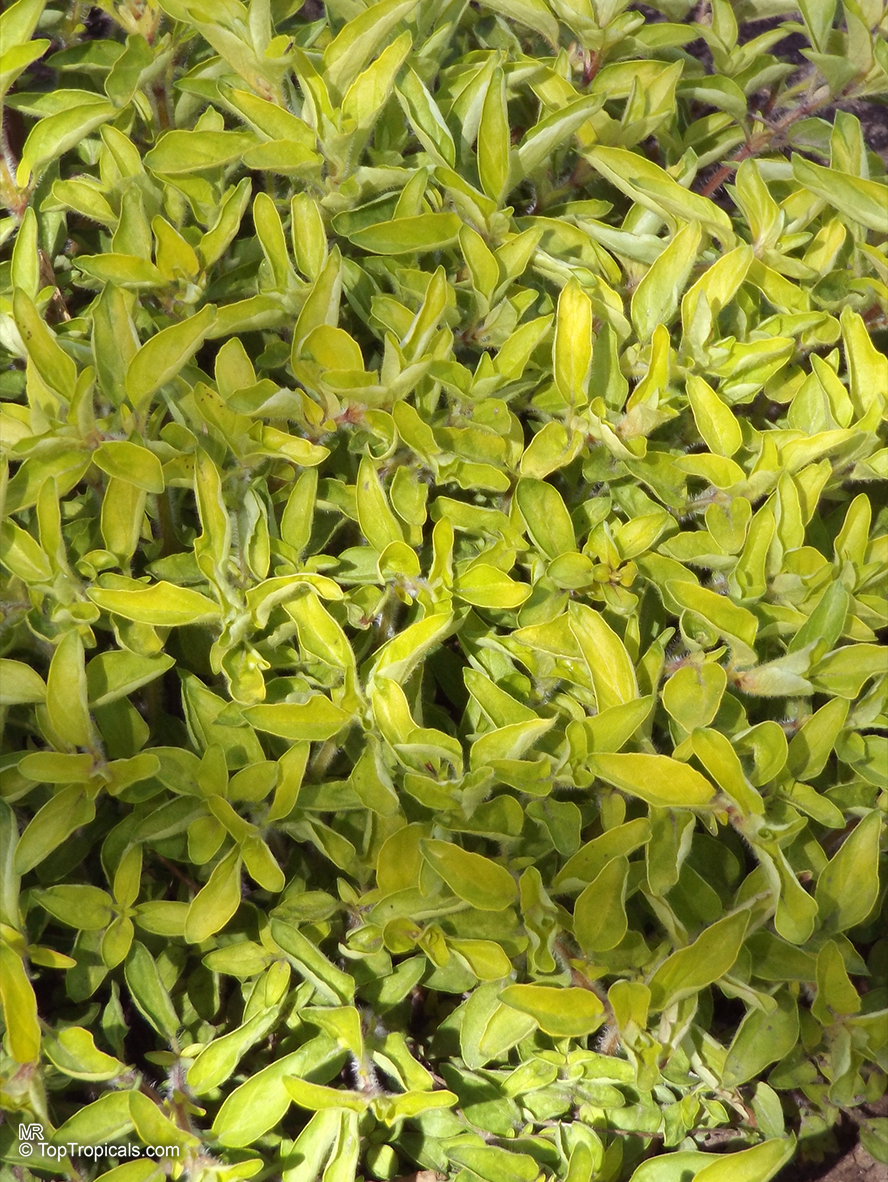
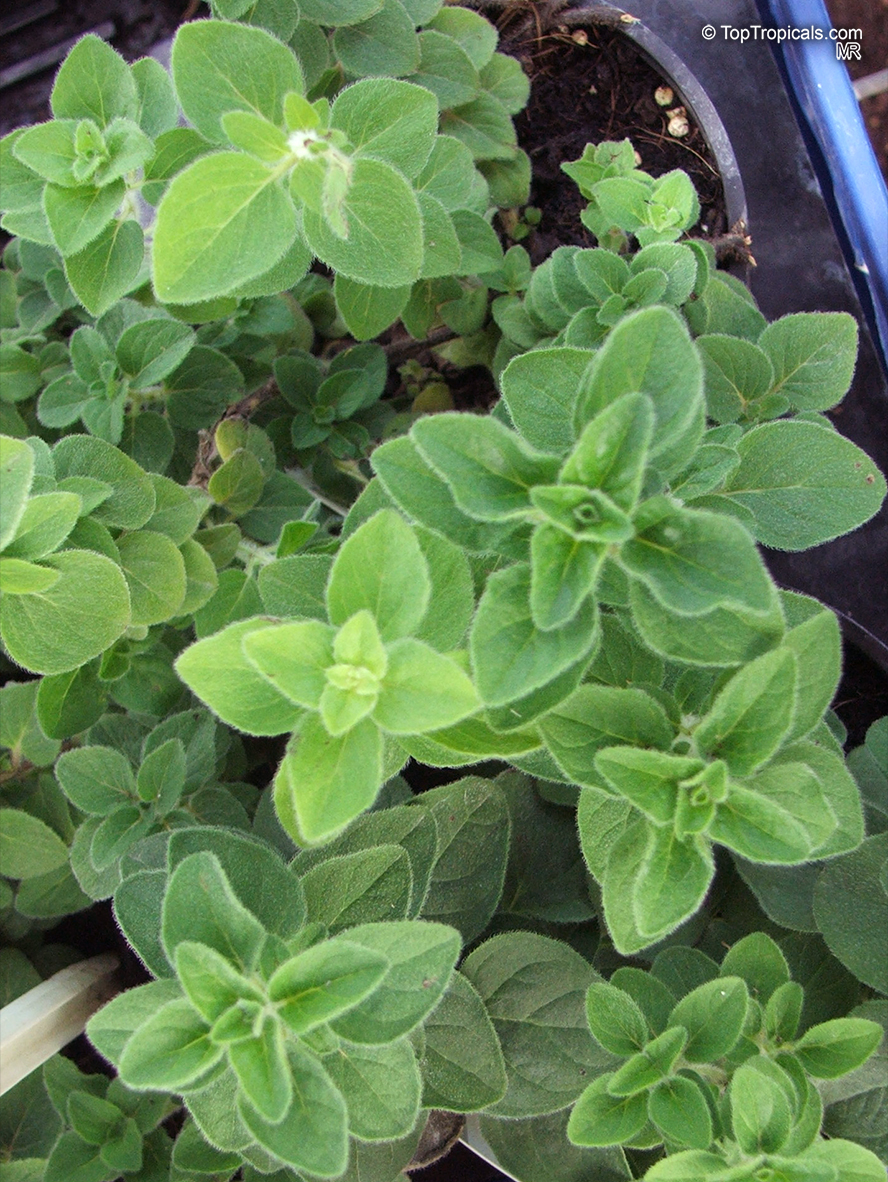
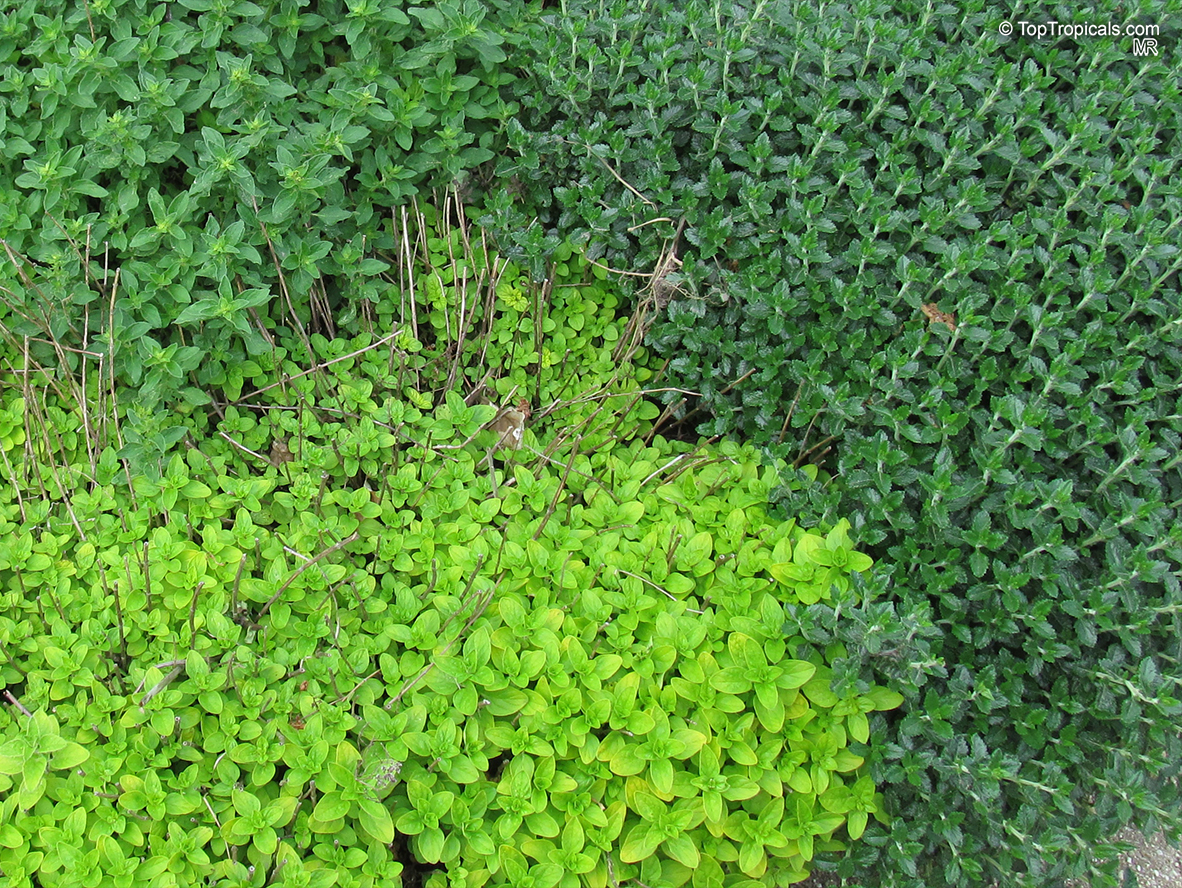
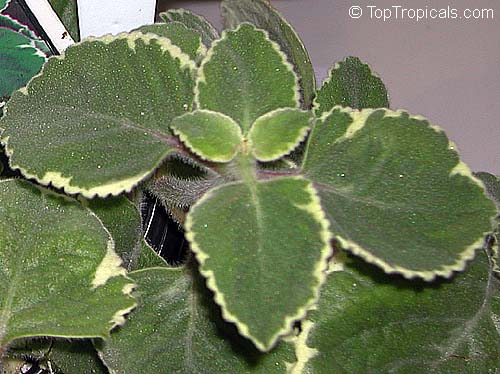
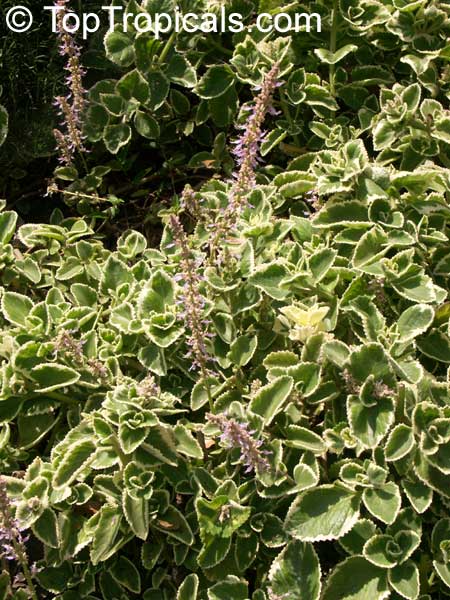
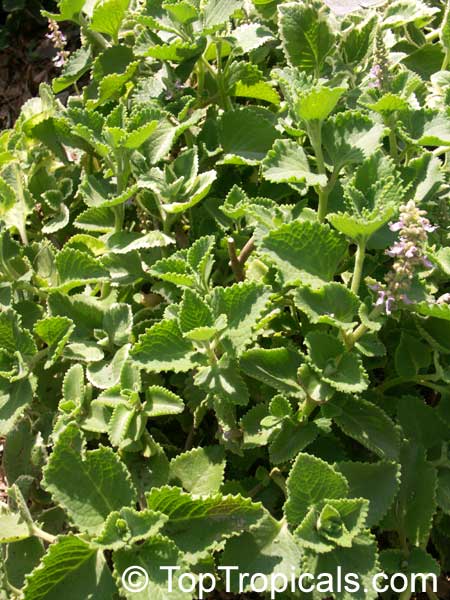
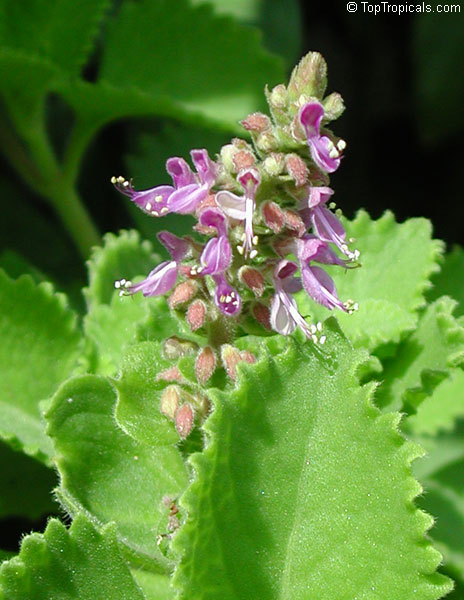
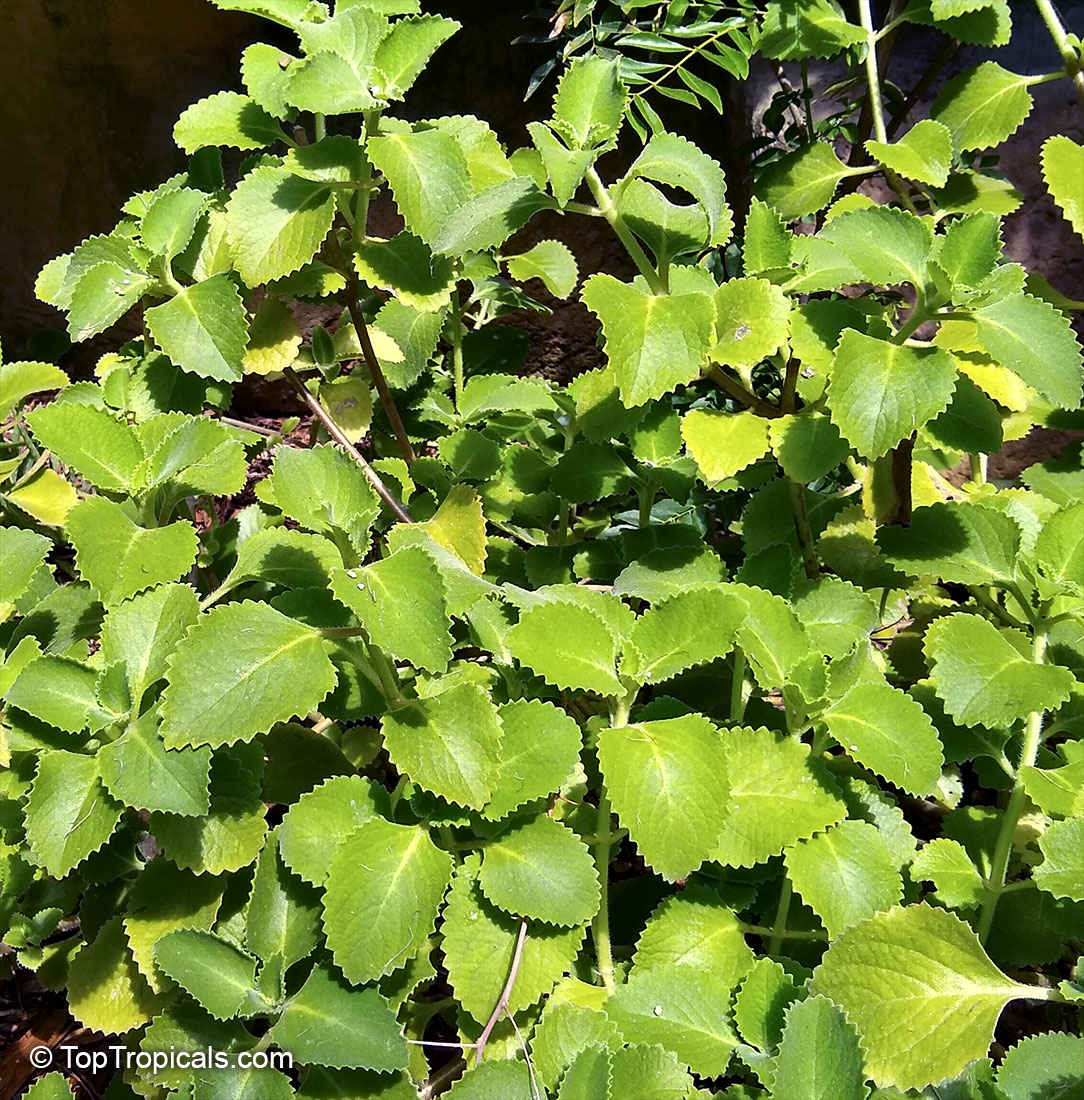
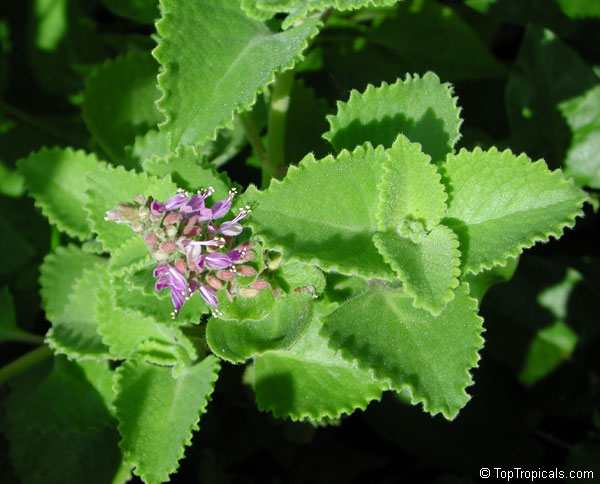
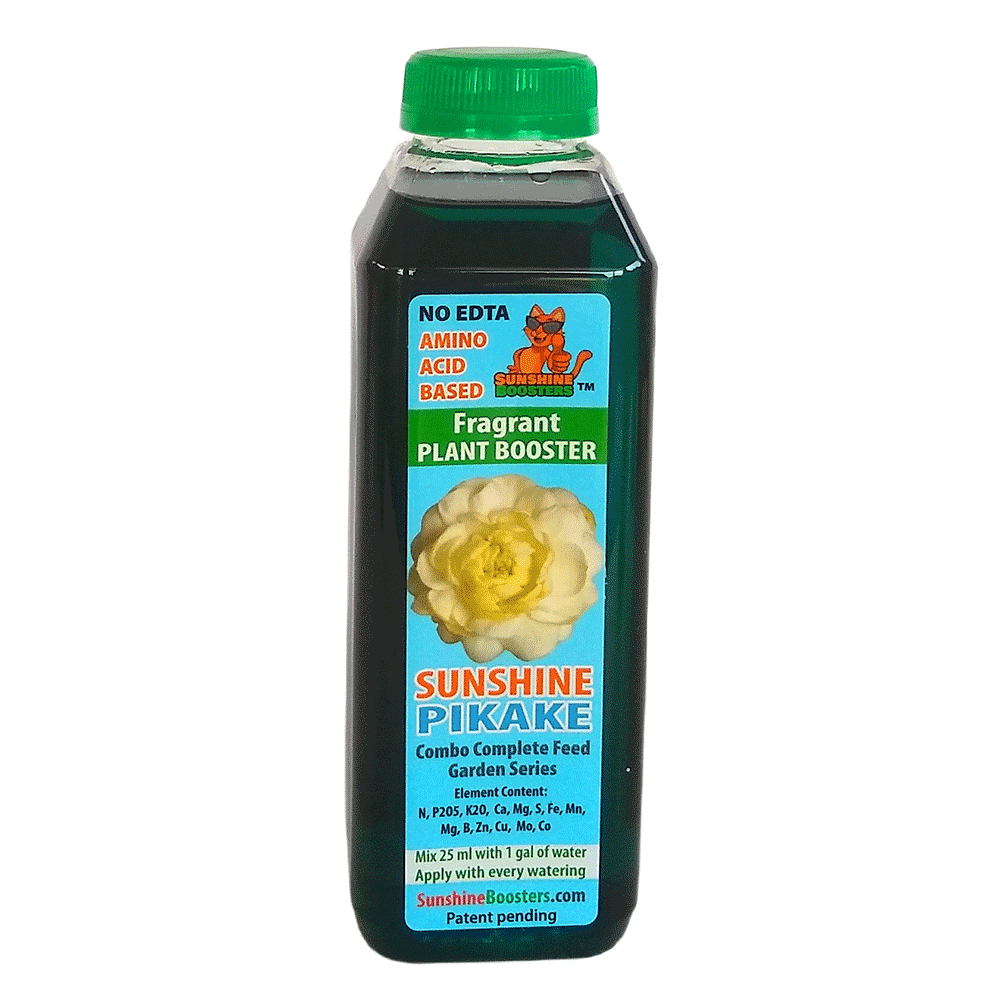 SUNSHINE Pikake (NPK 2-2-4) - eco-friendly concentrated nutrition booster for fragrant flowers. Improves quantity and quality of flowers. Encourages profuse blooming. Increases flower fragrance intensity. Can be used with every watering. For best results, use in combination with
SUNSHINE Pikake (NPK 2-2-4) - eco-friendly concentrated nutrition booster for fragrant flowers. Improves quantity and quality of flowers. Encourages profuse blooming. Increases flower fragrance intensity. Can be used with every watering. For best results, use in combination with 